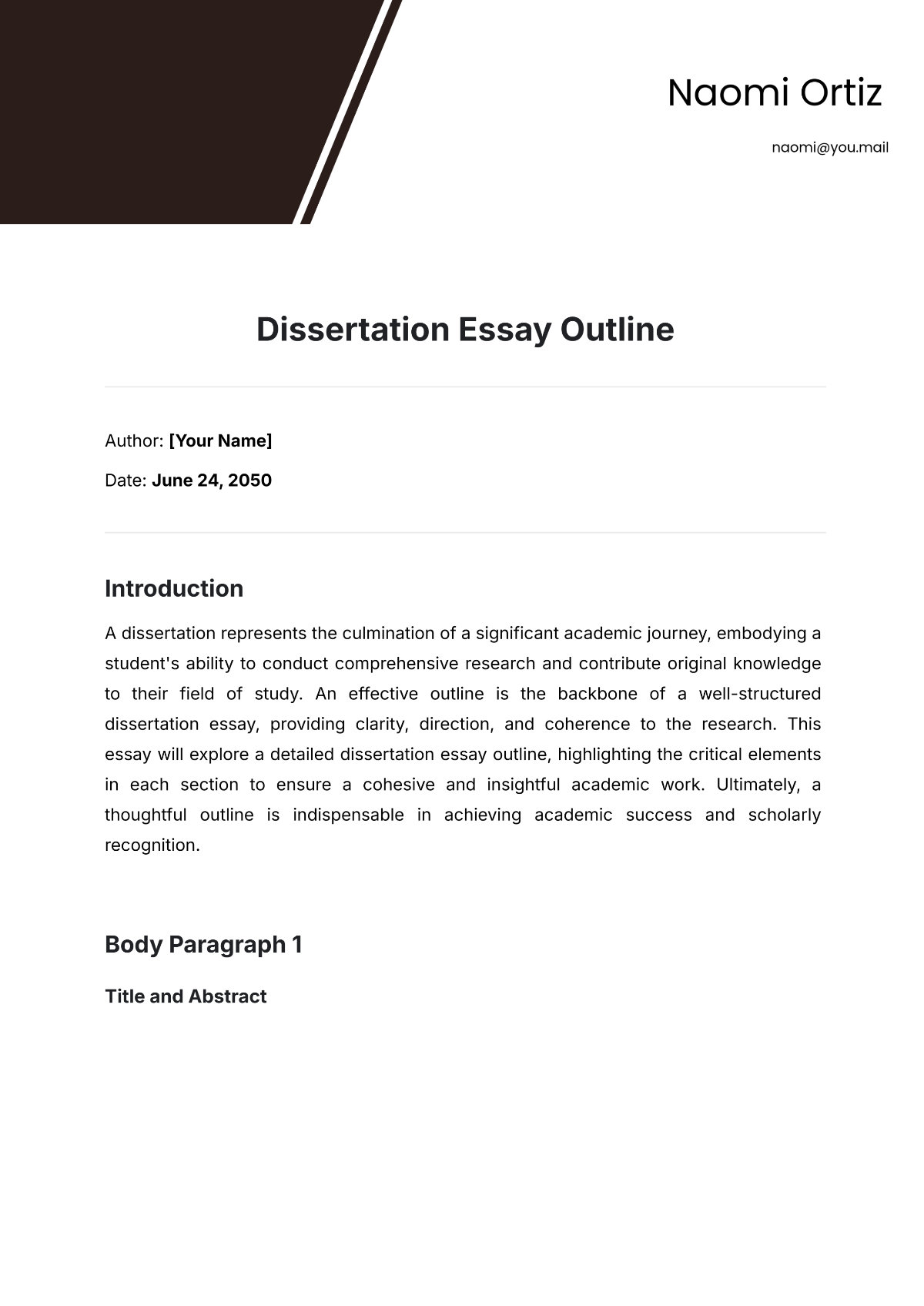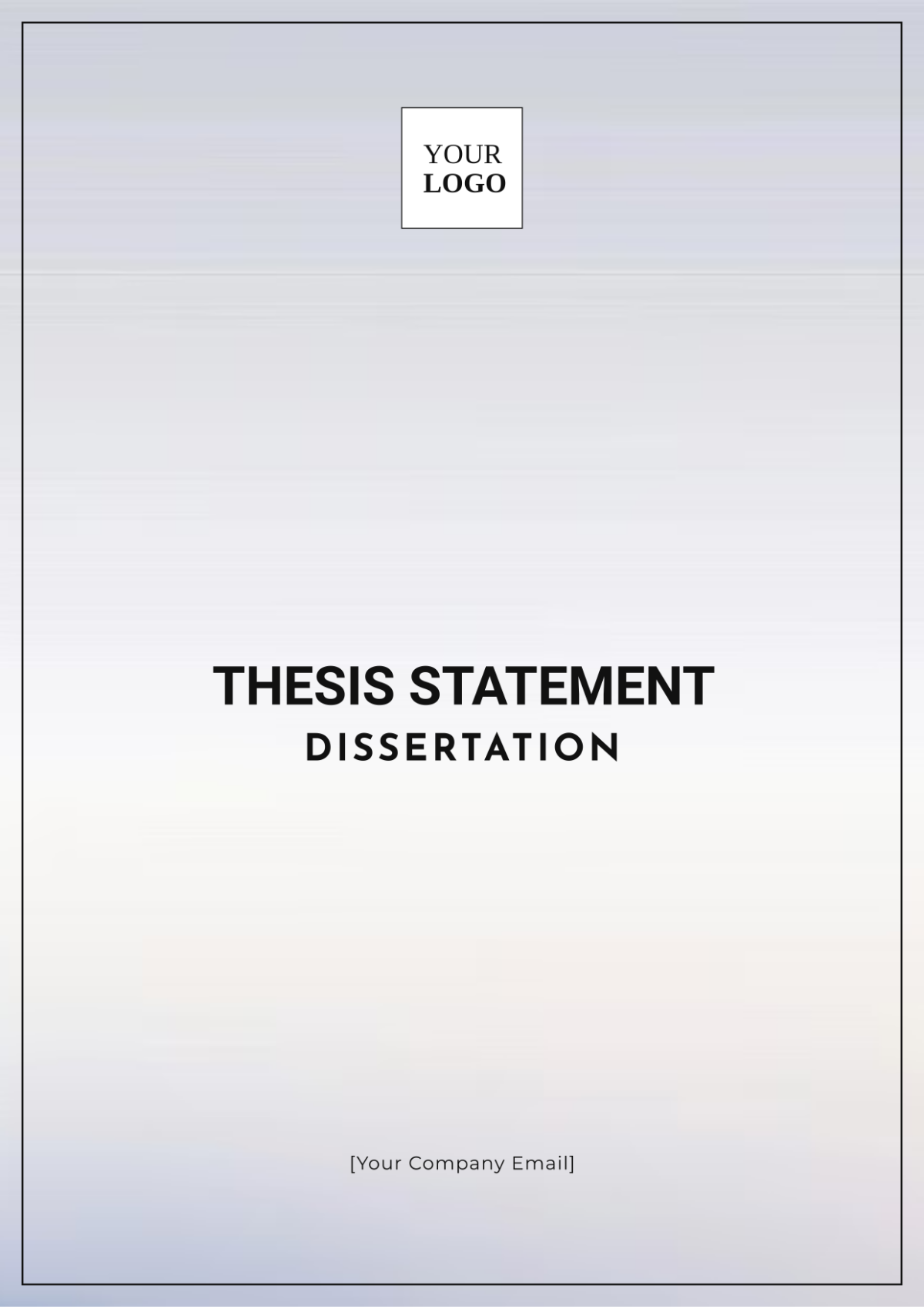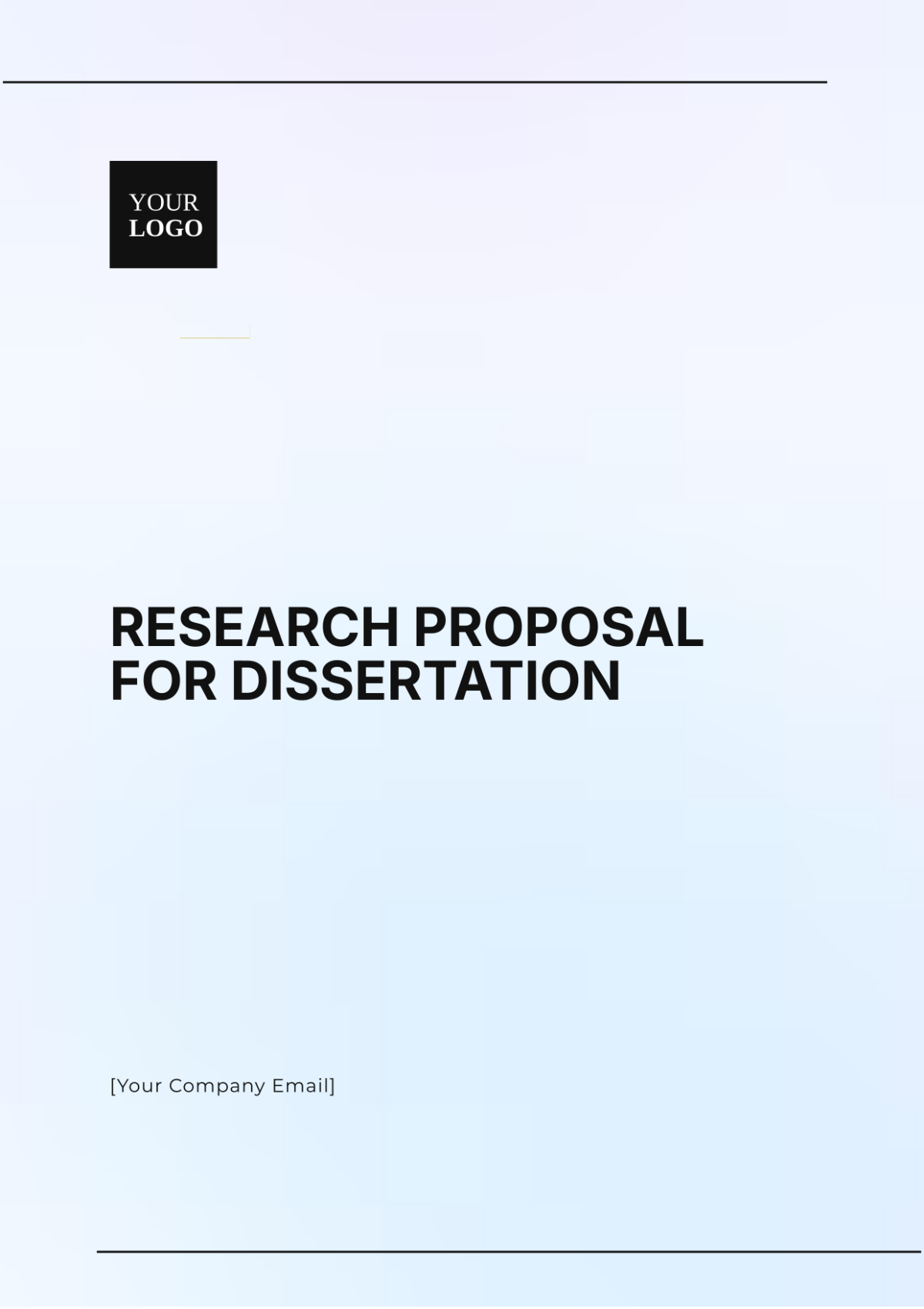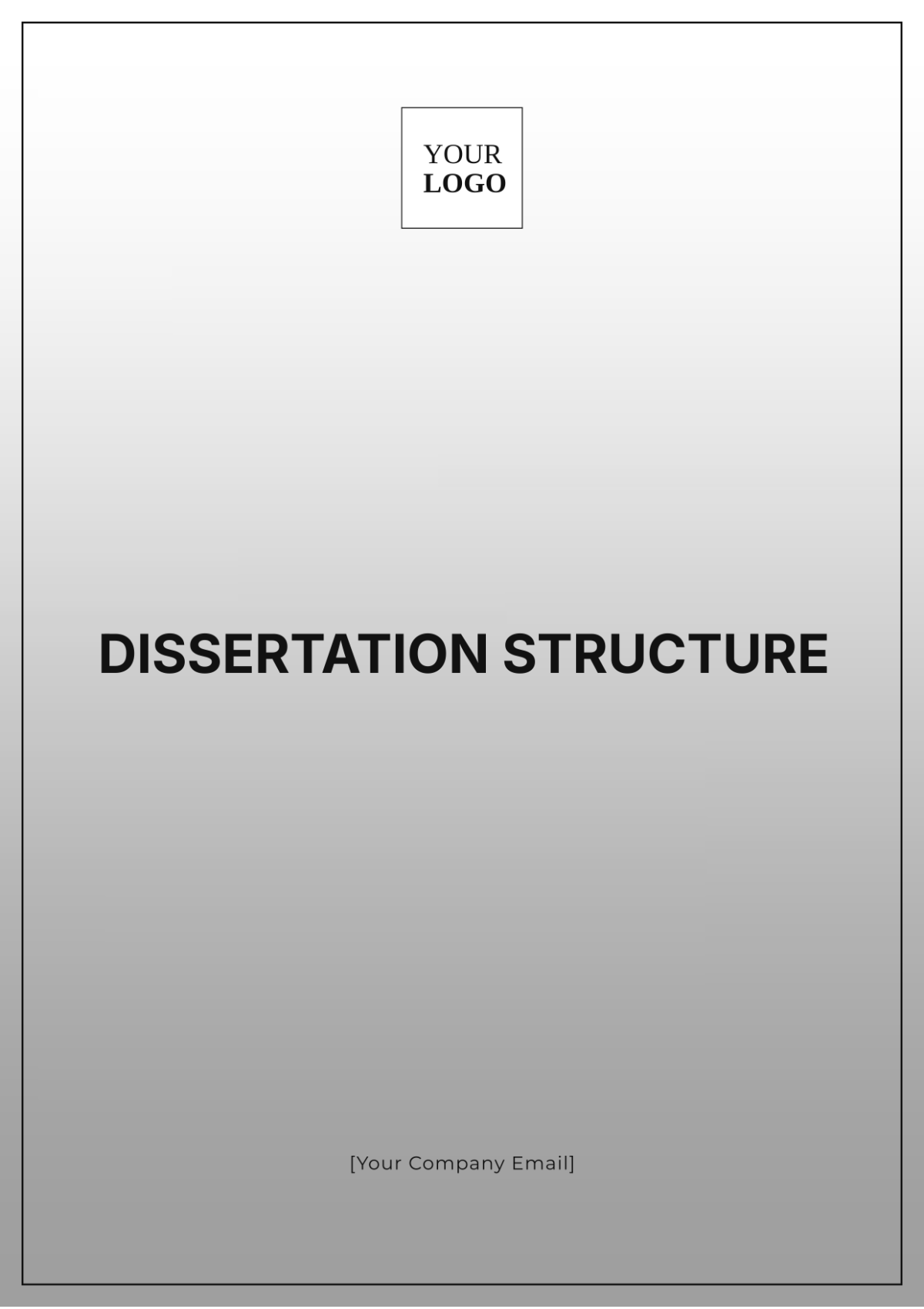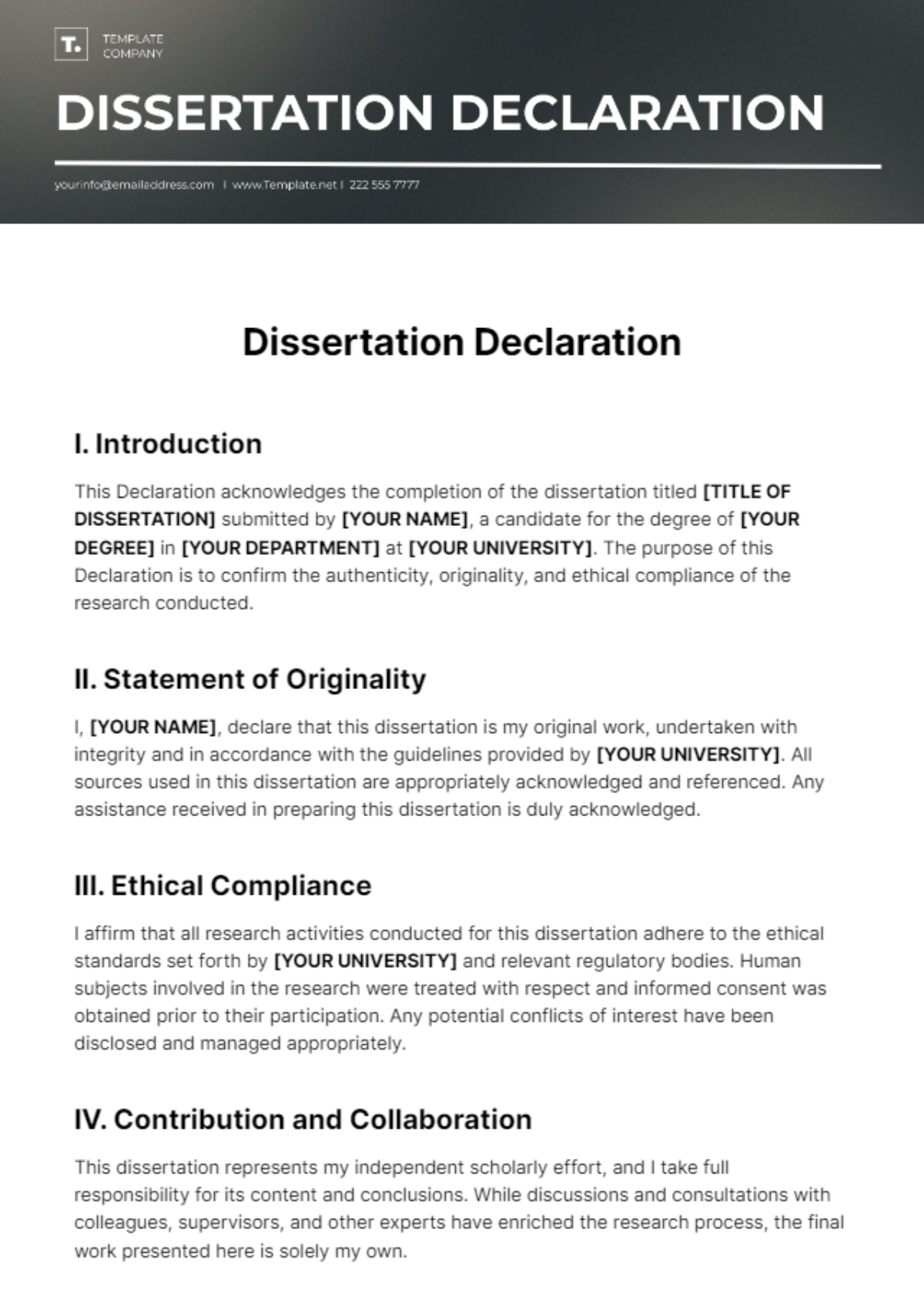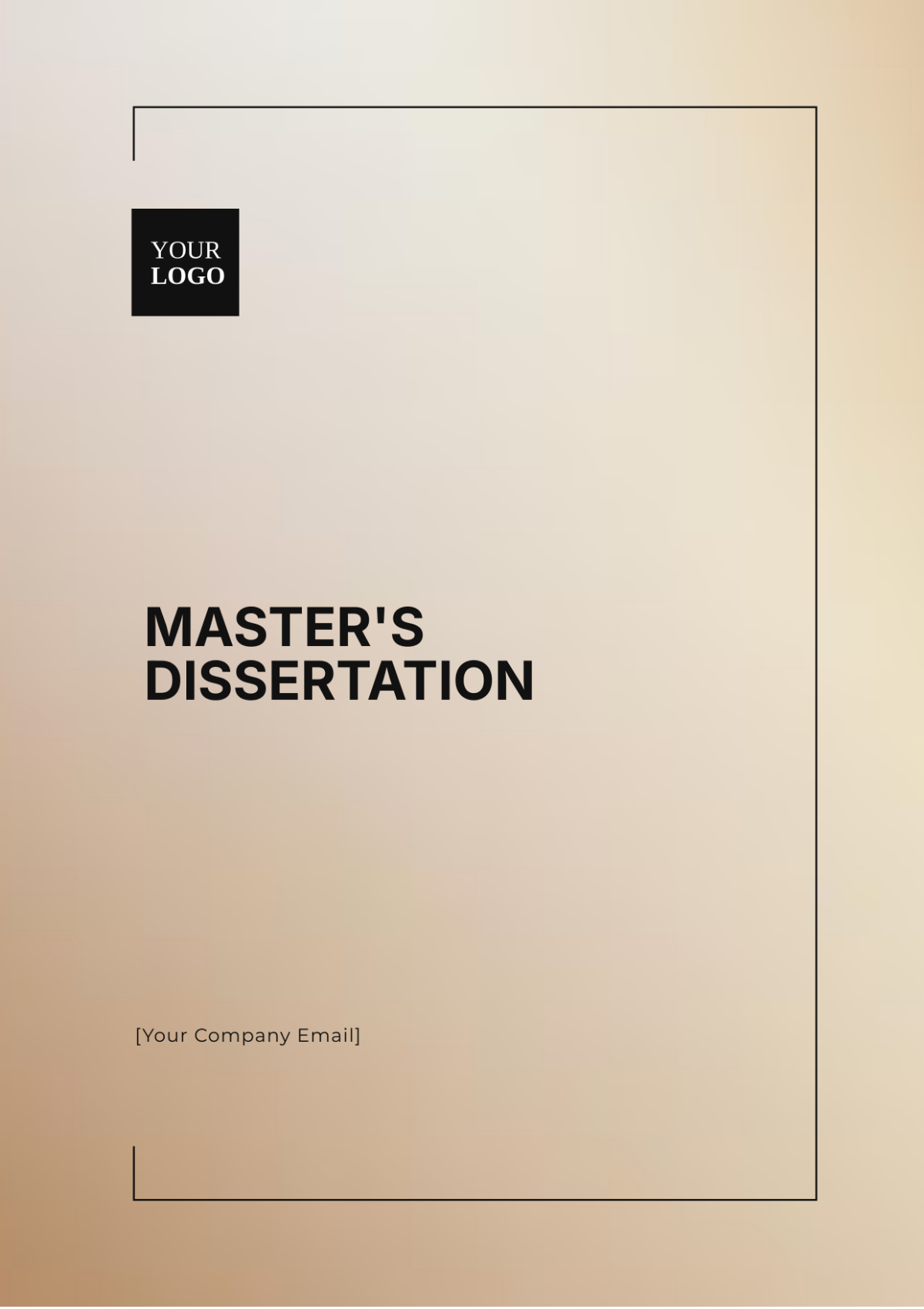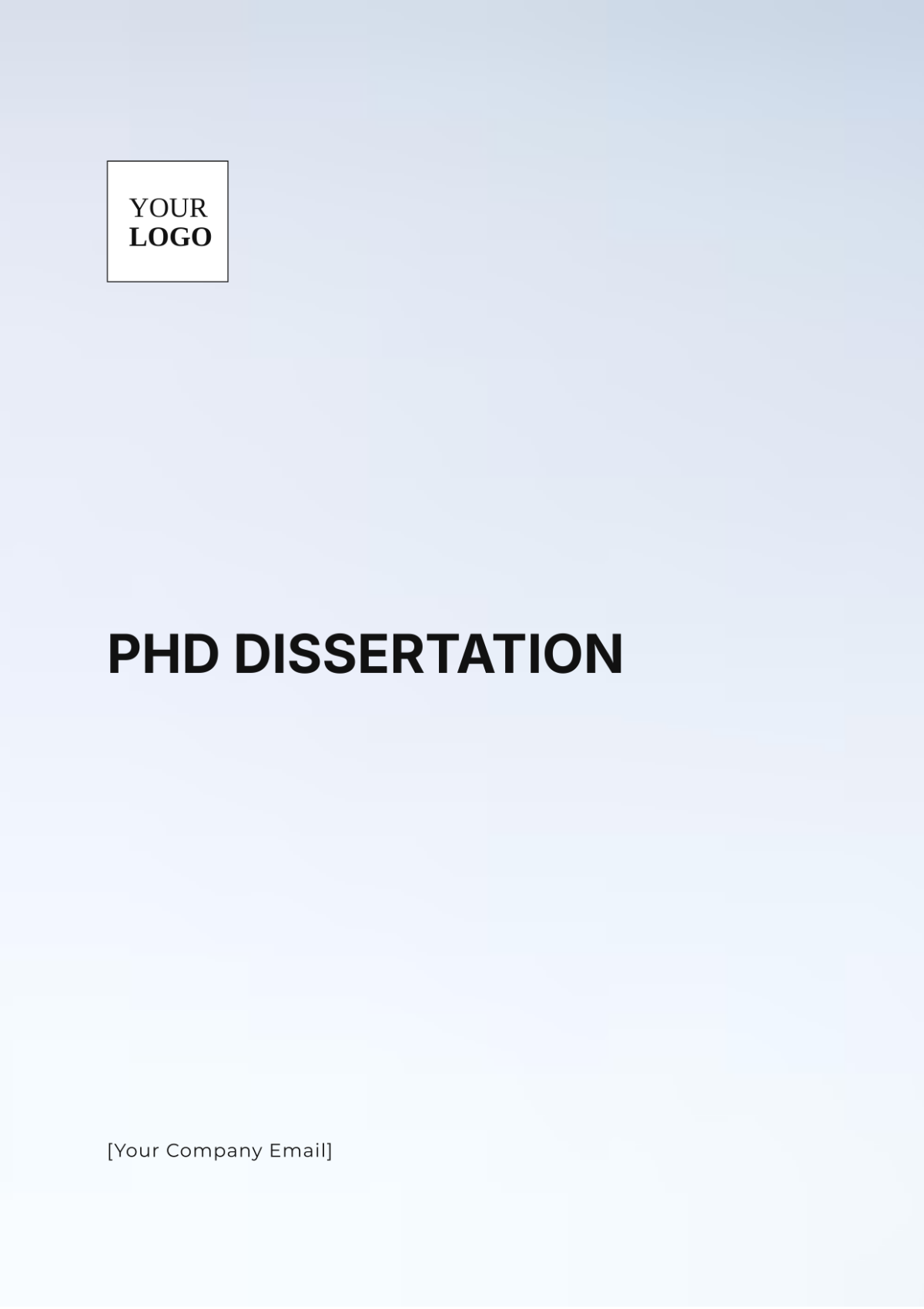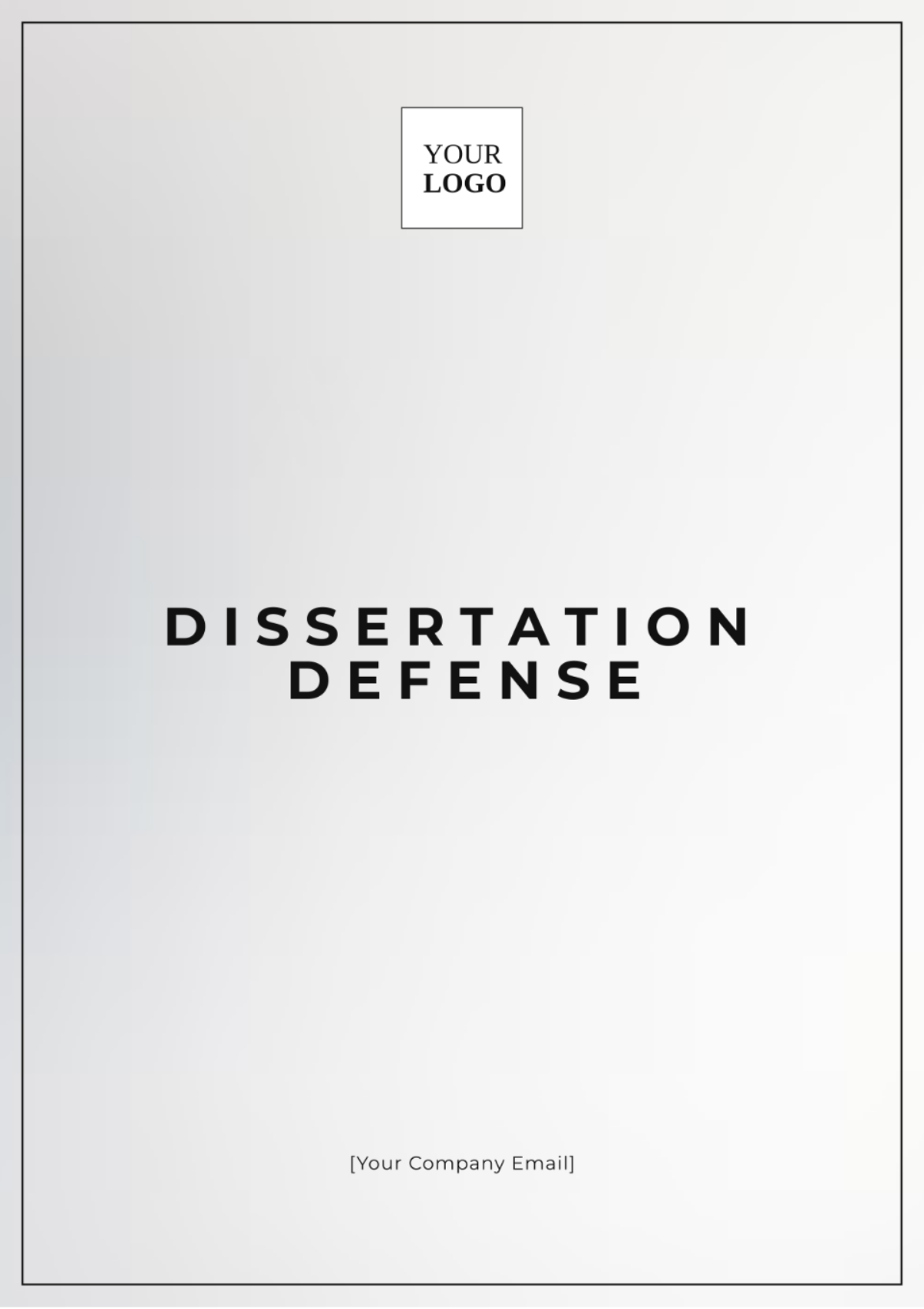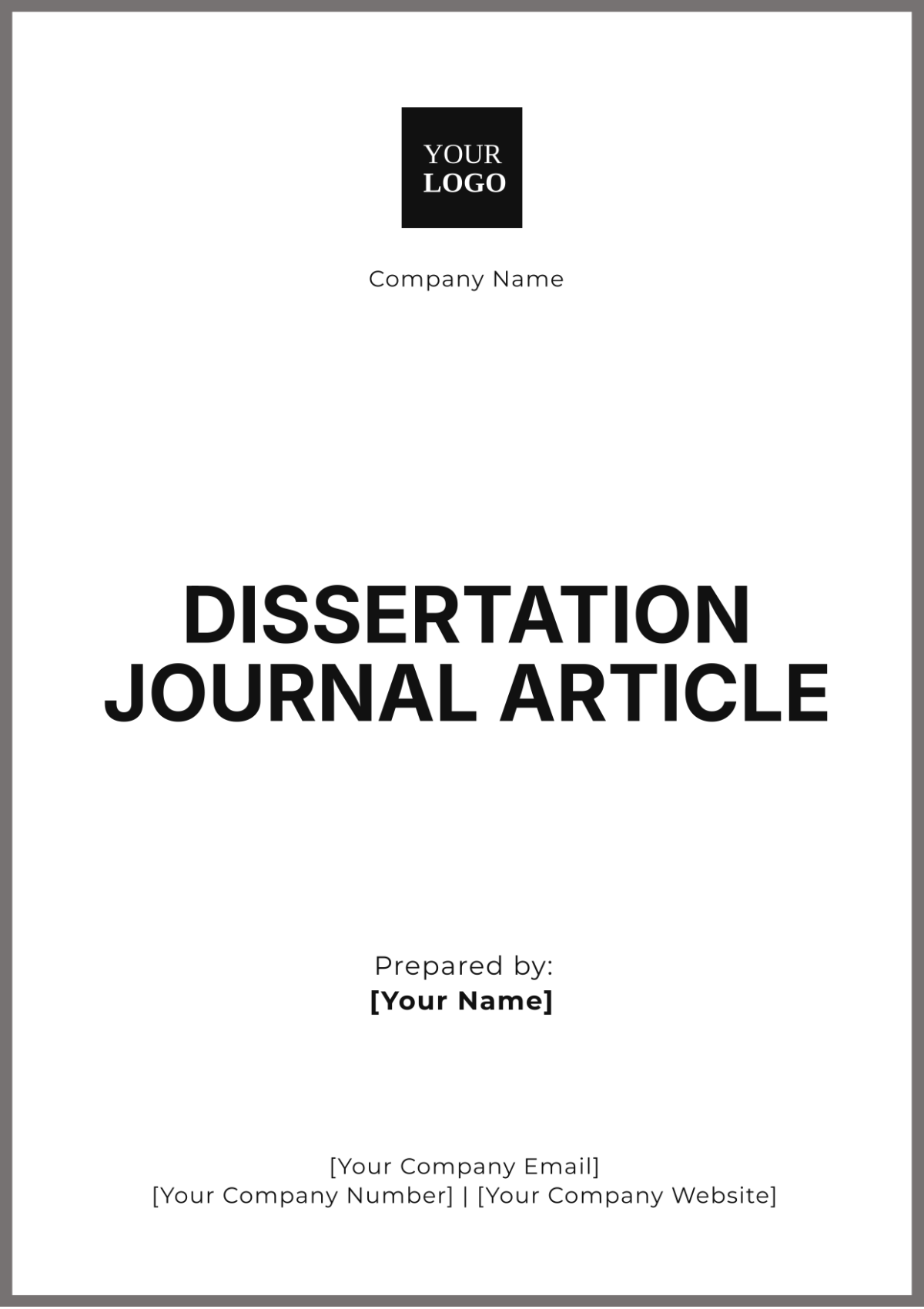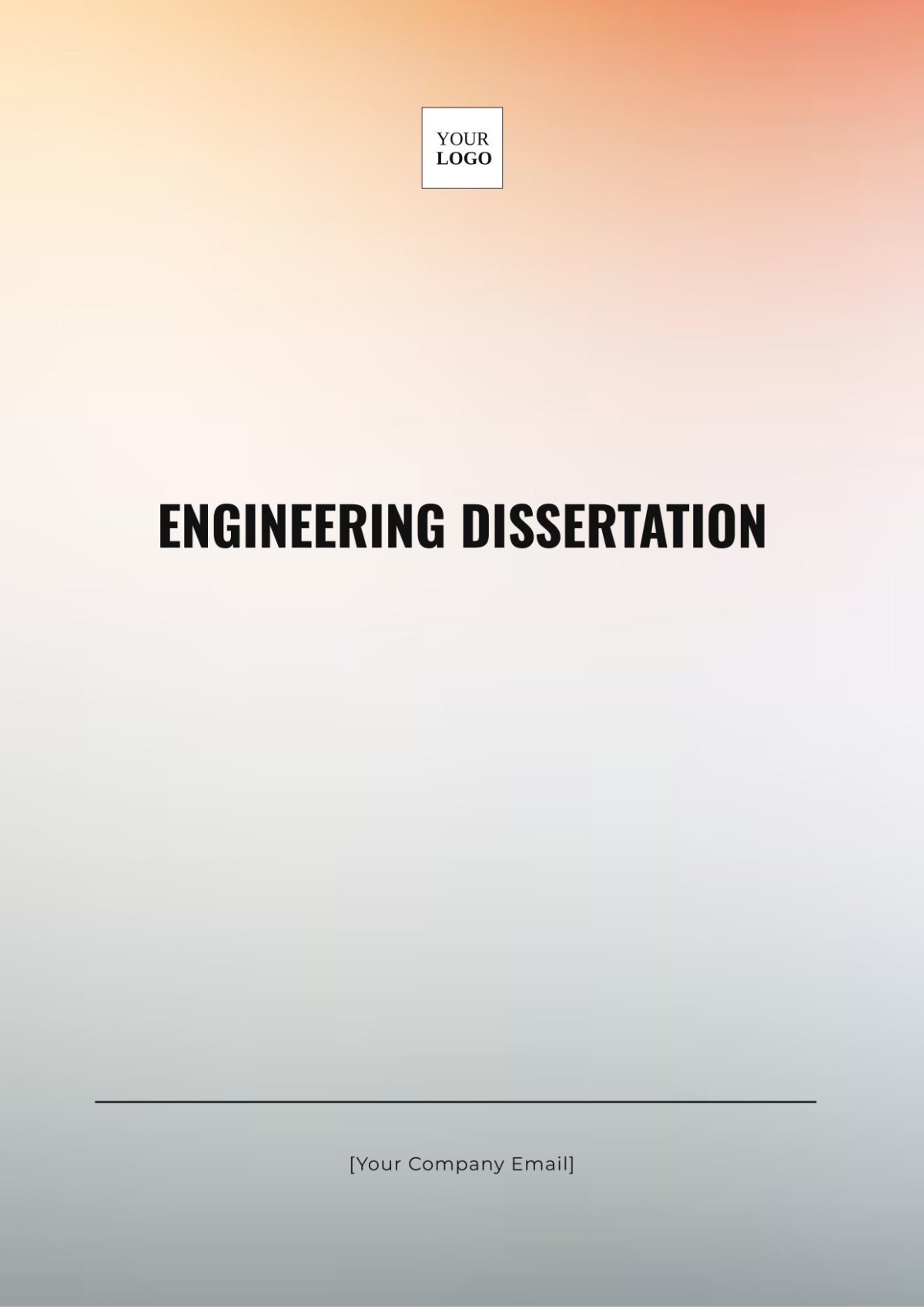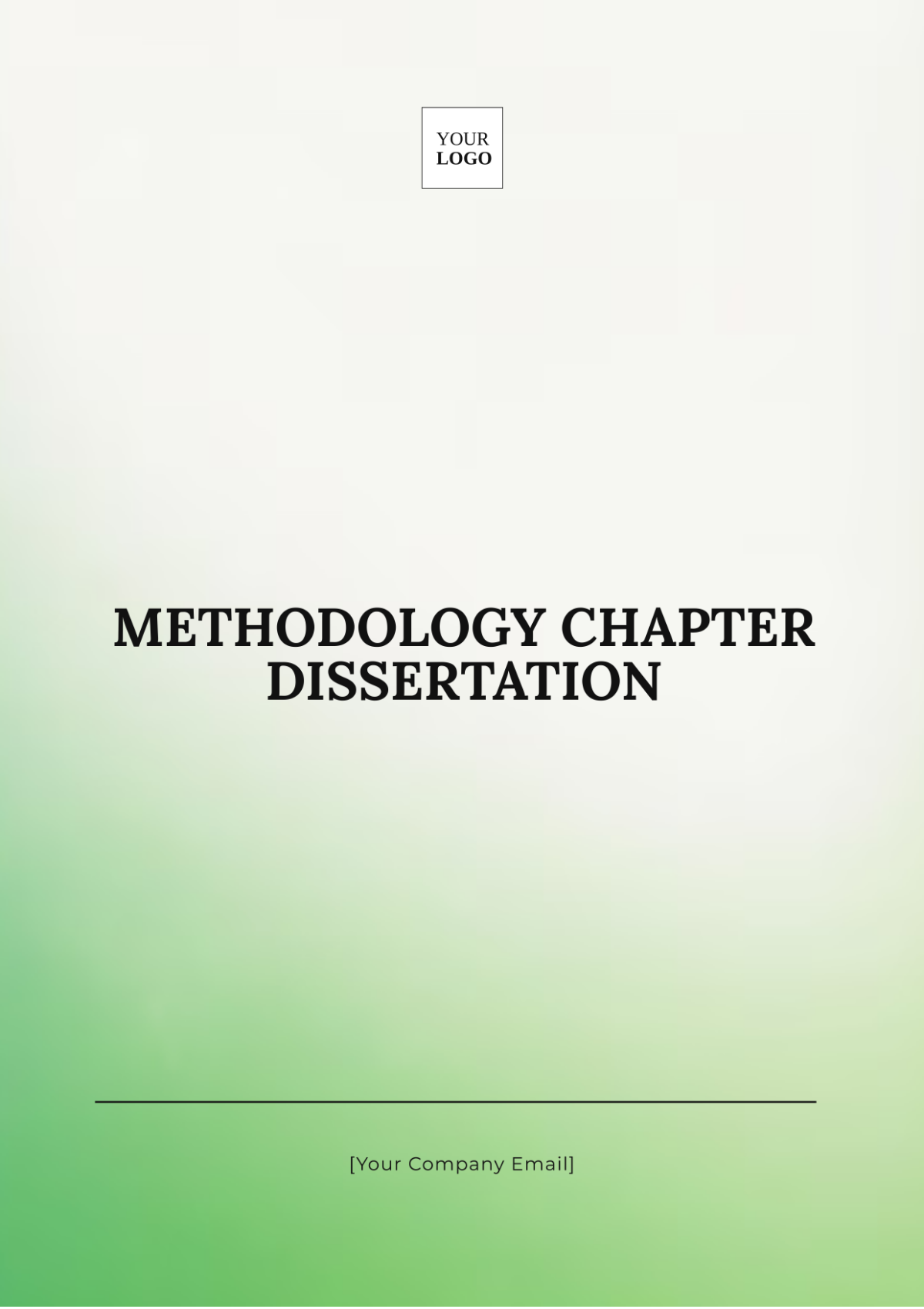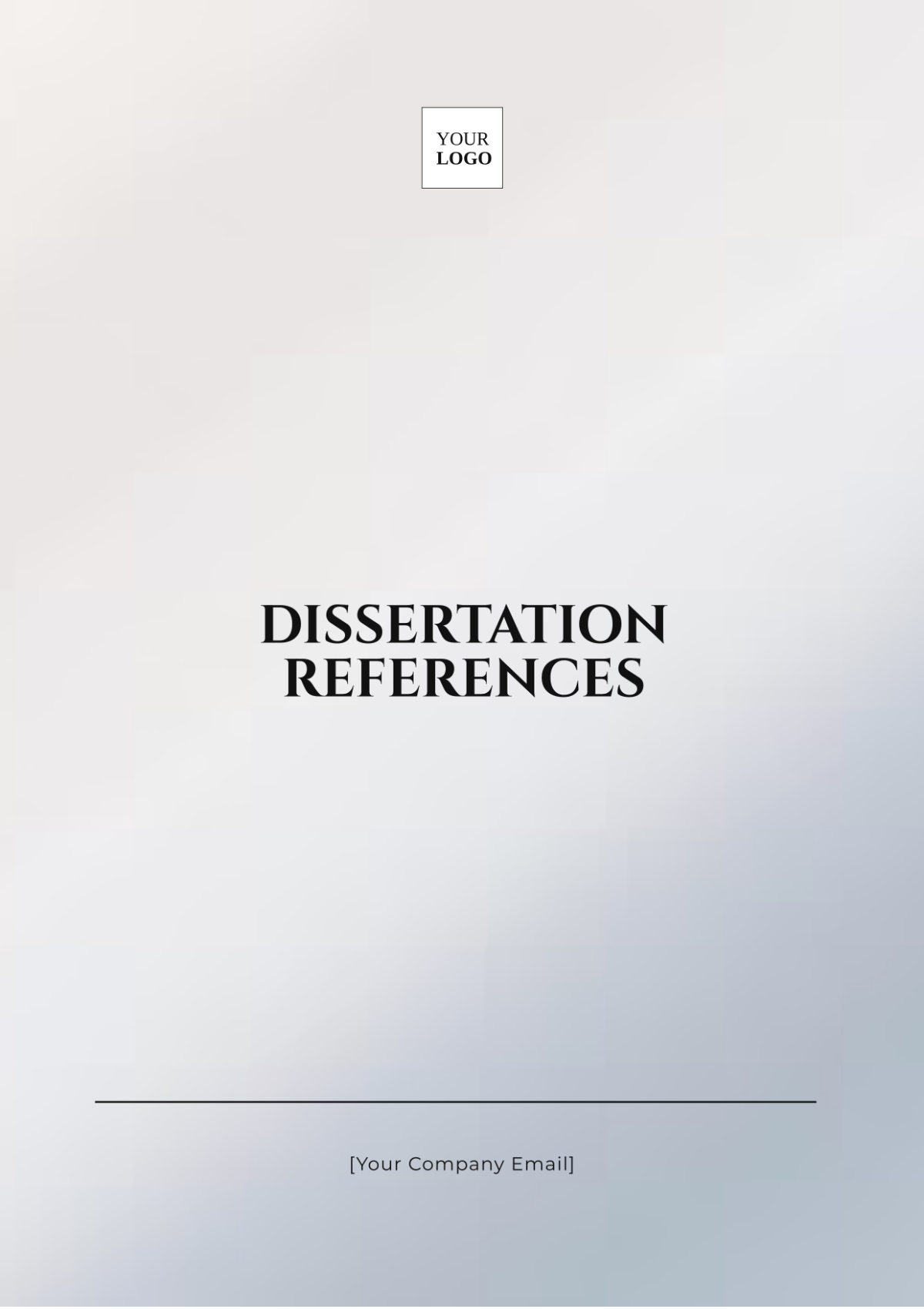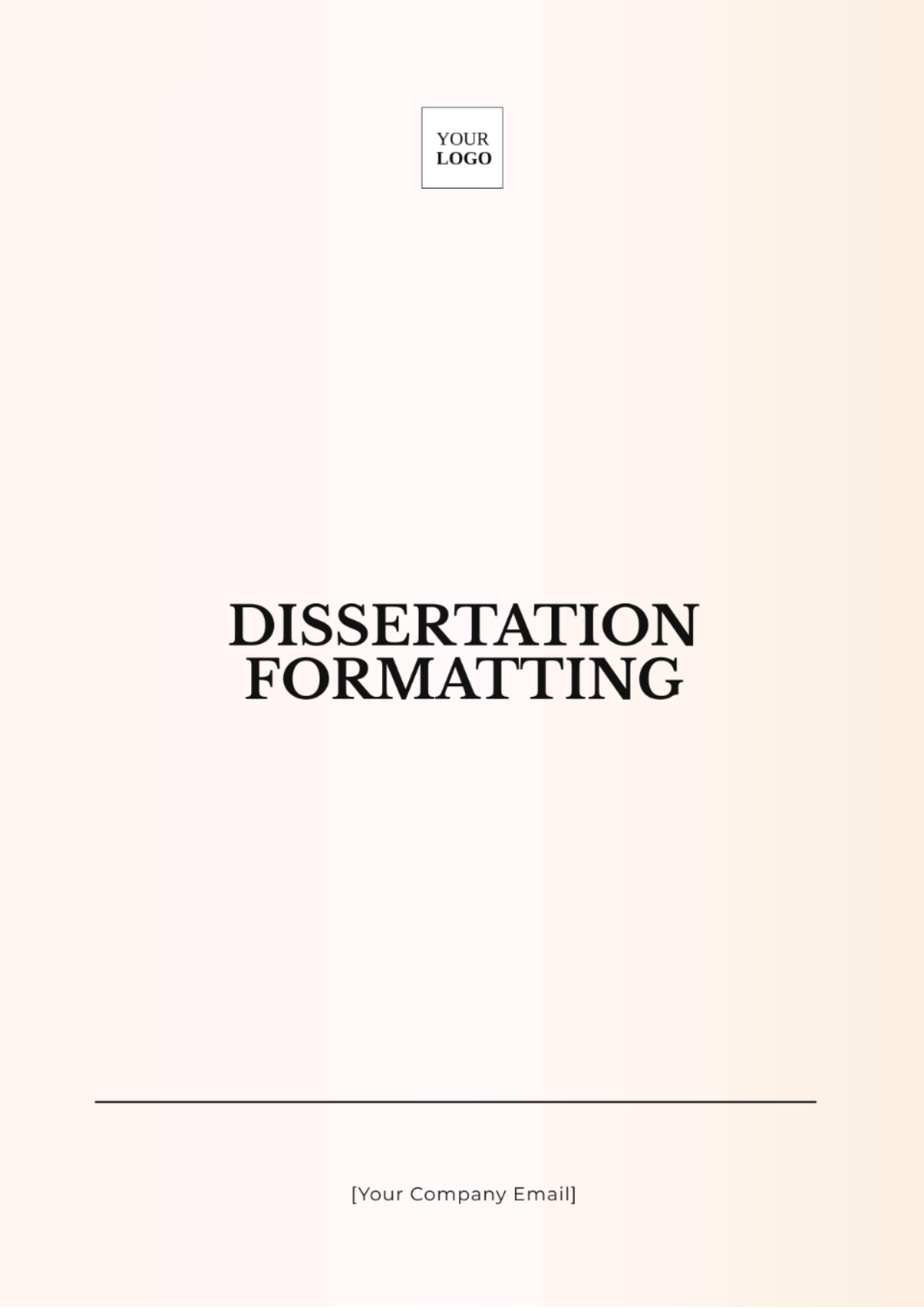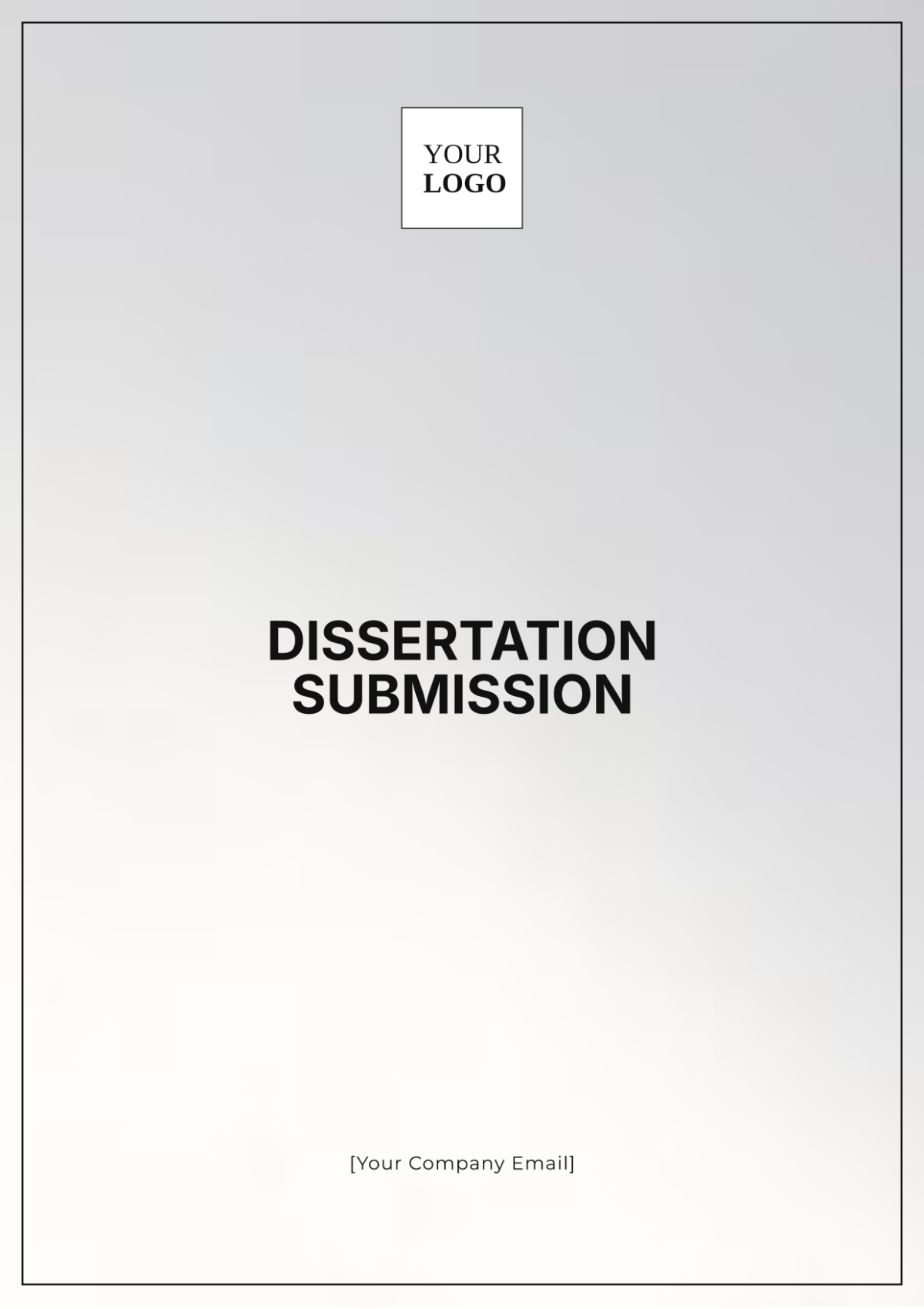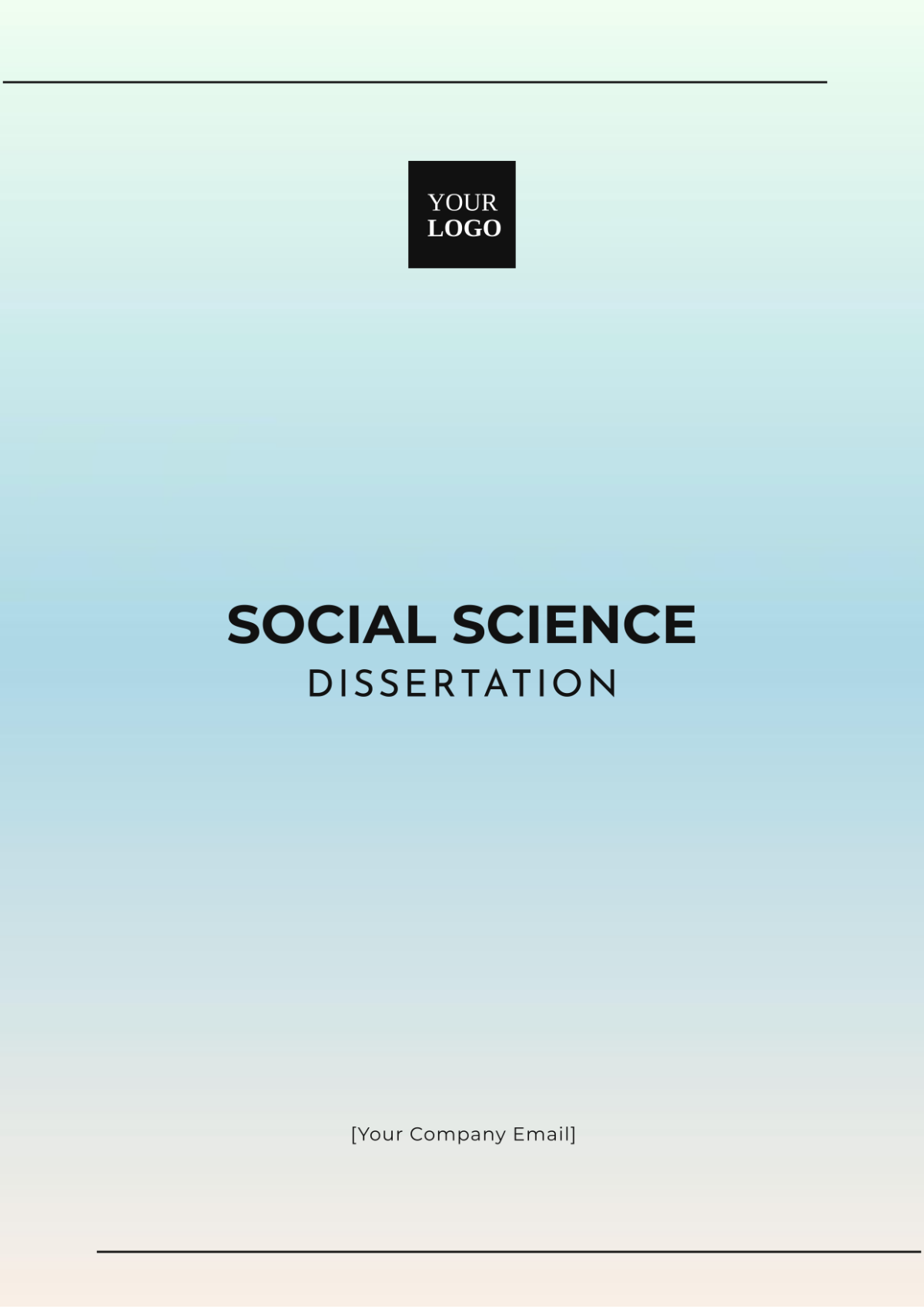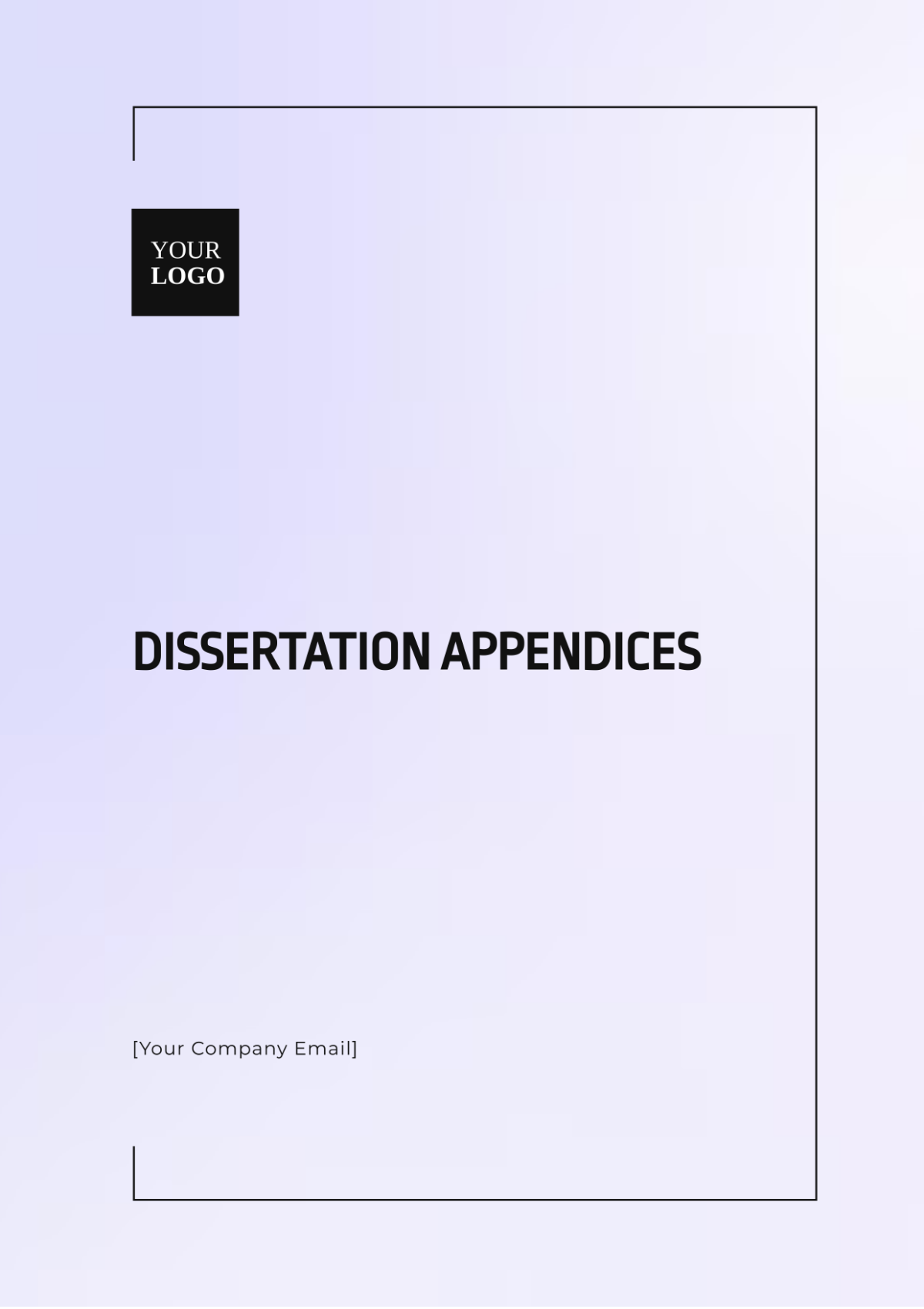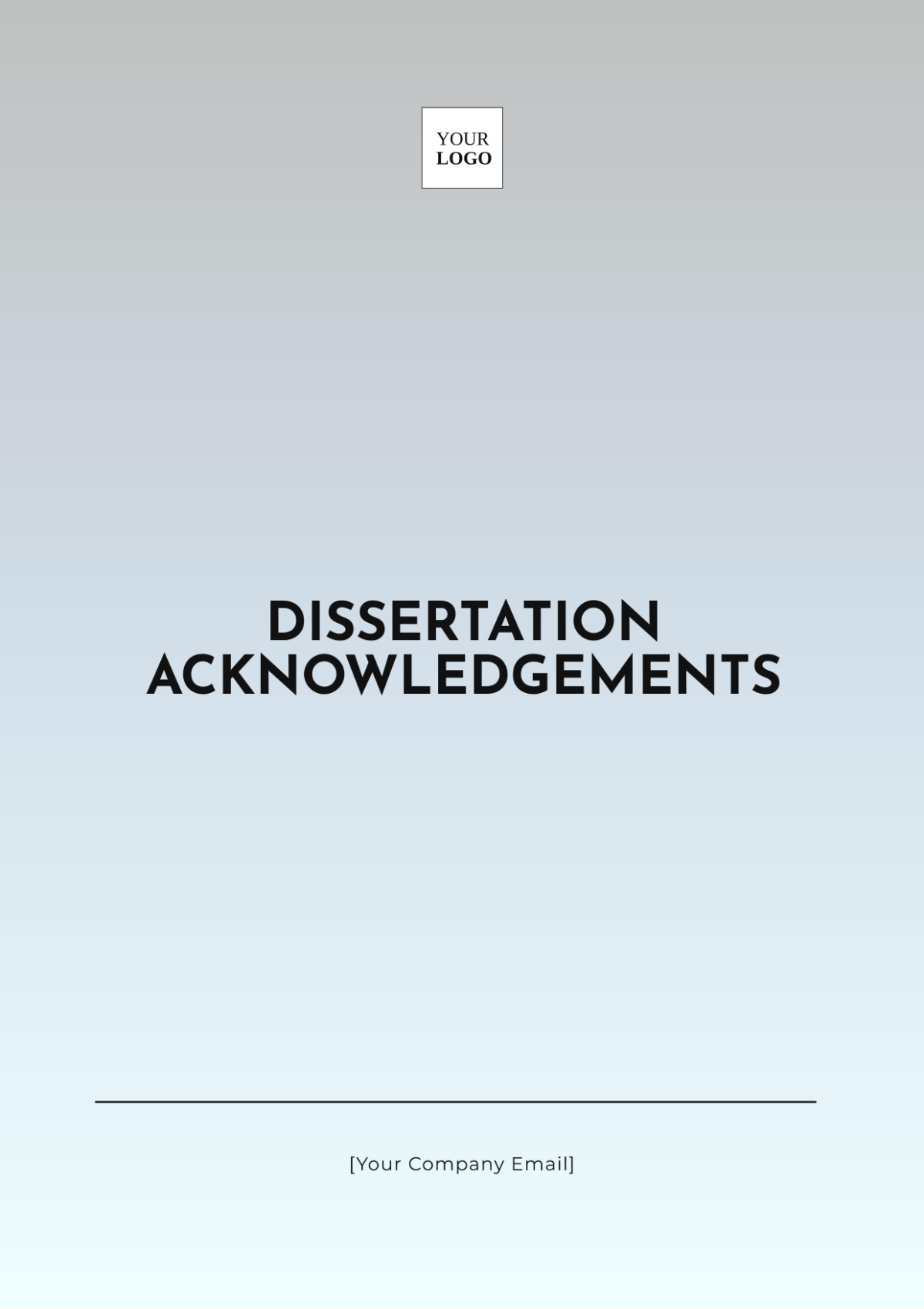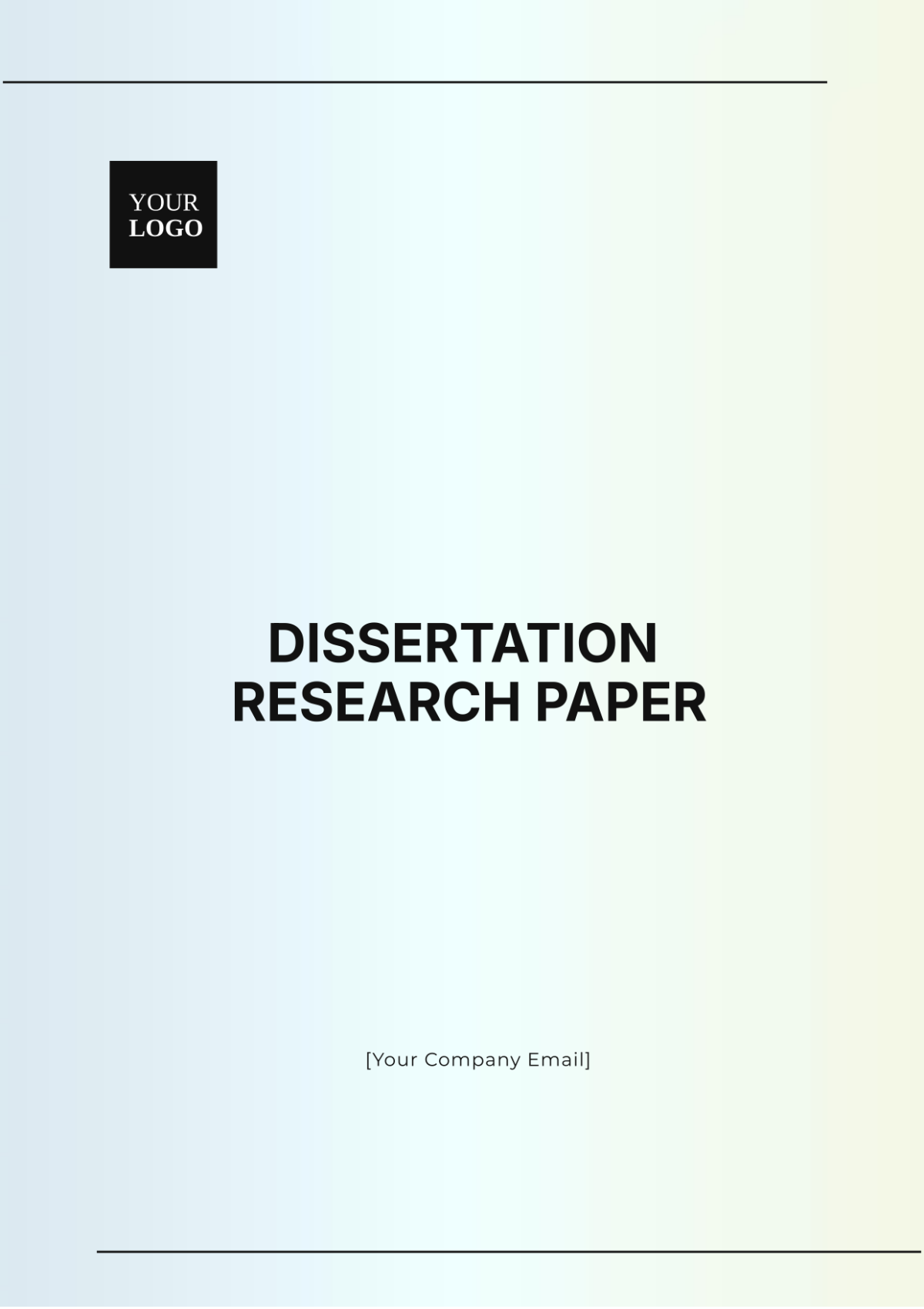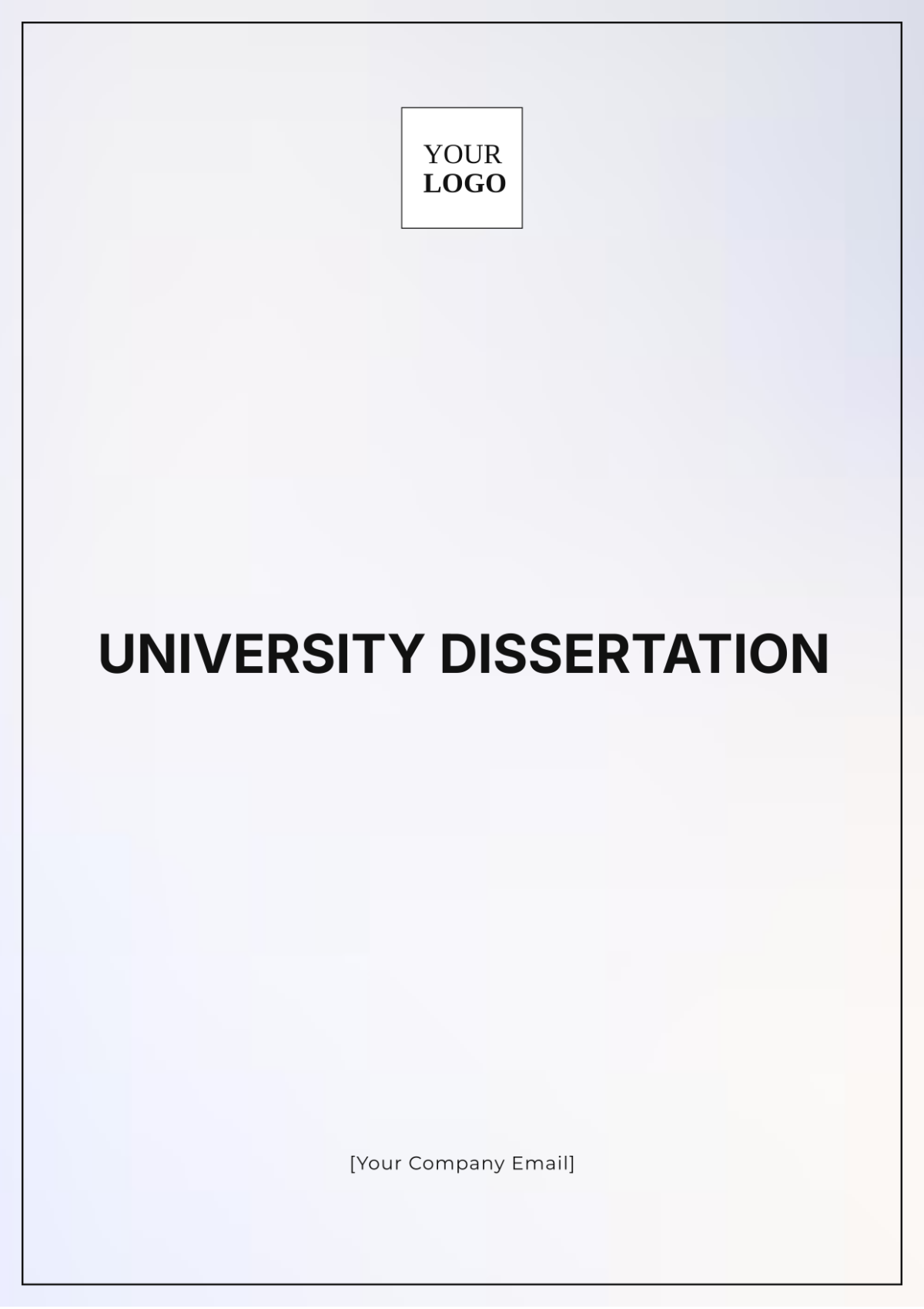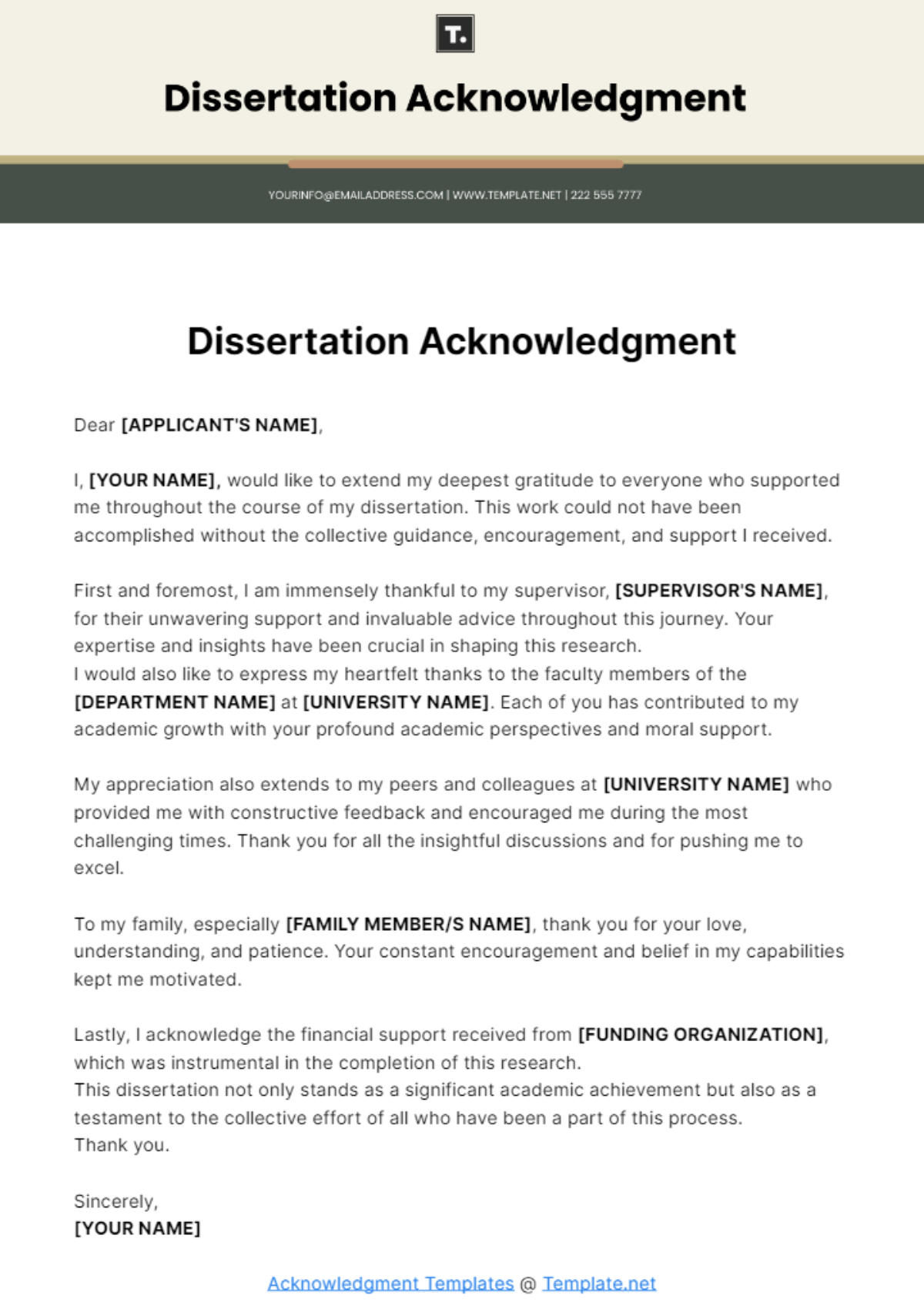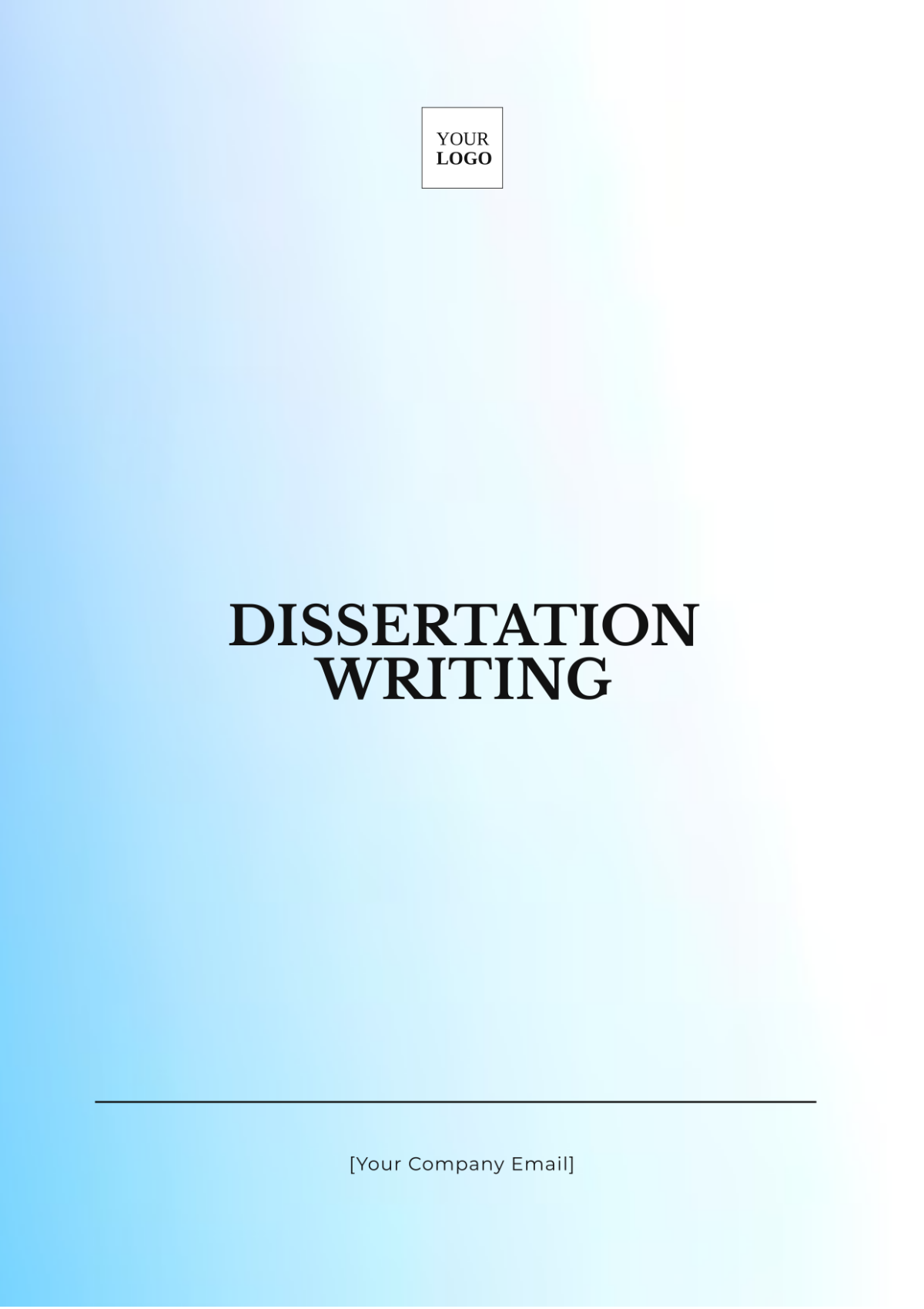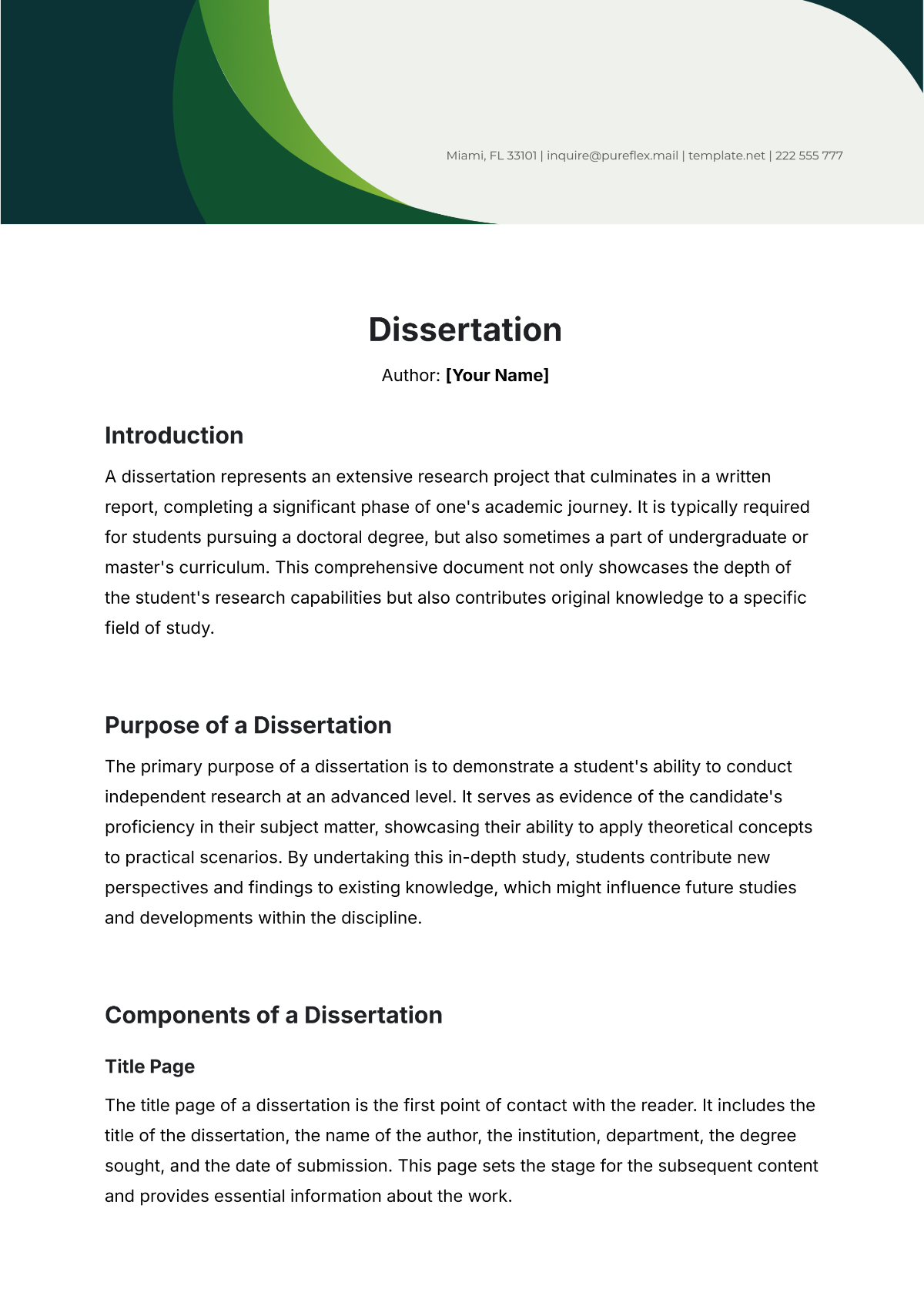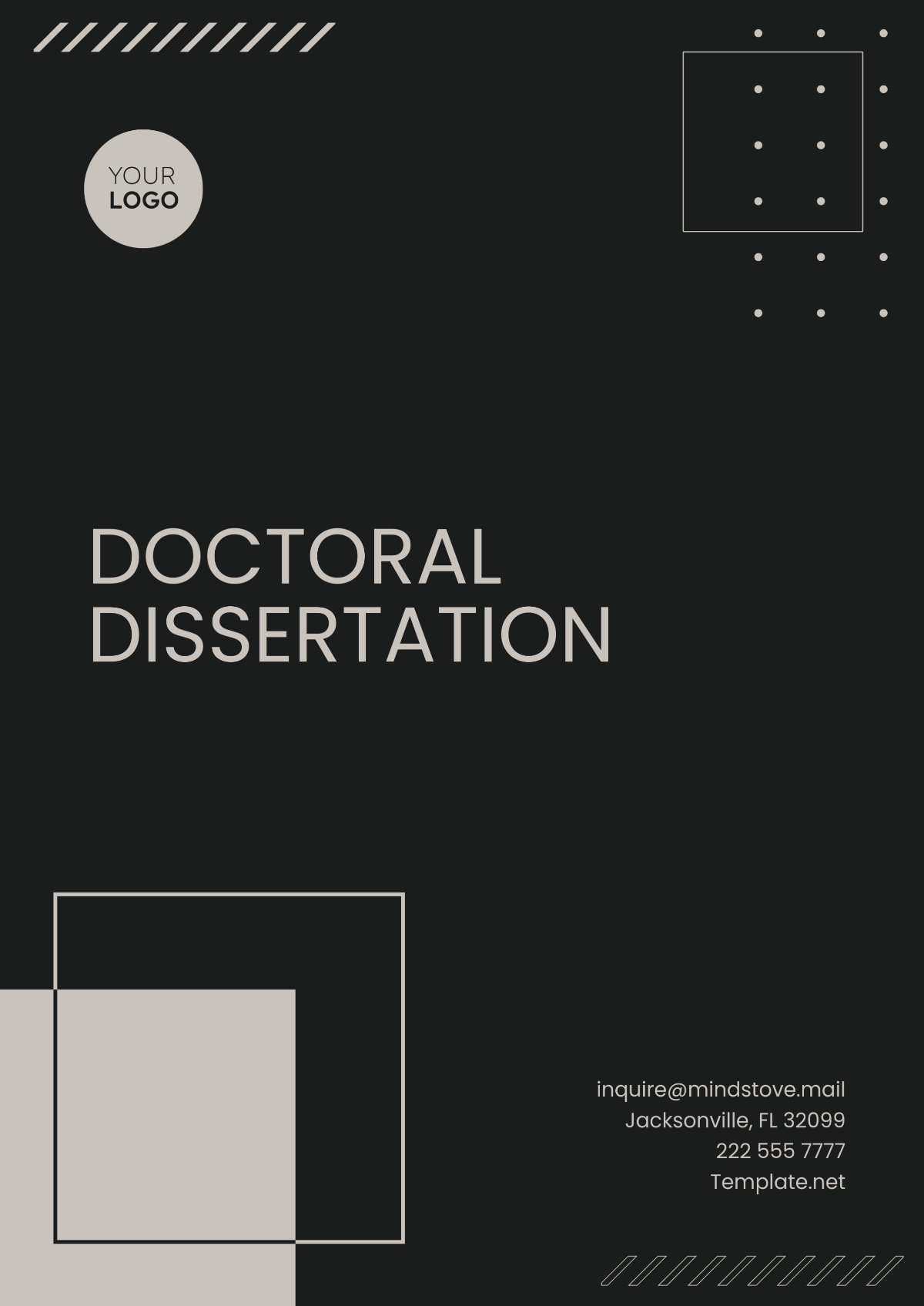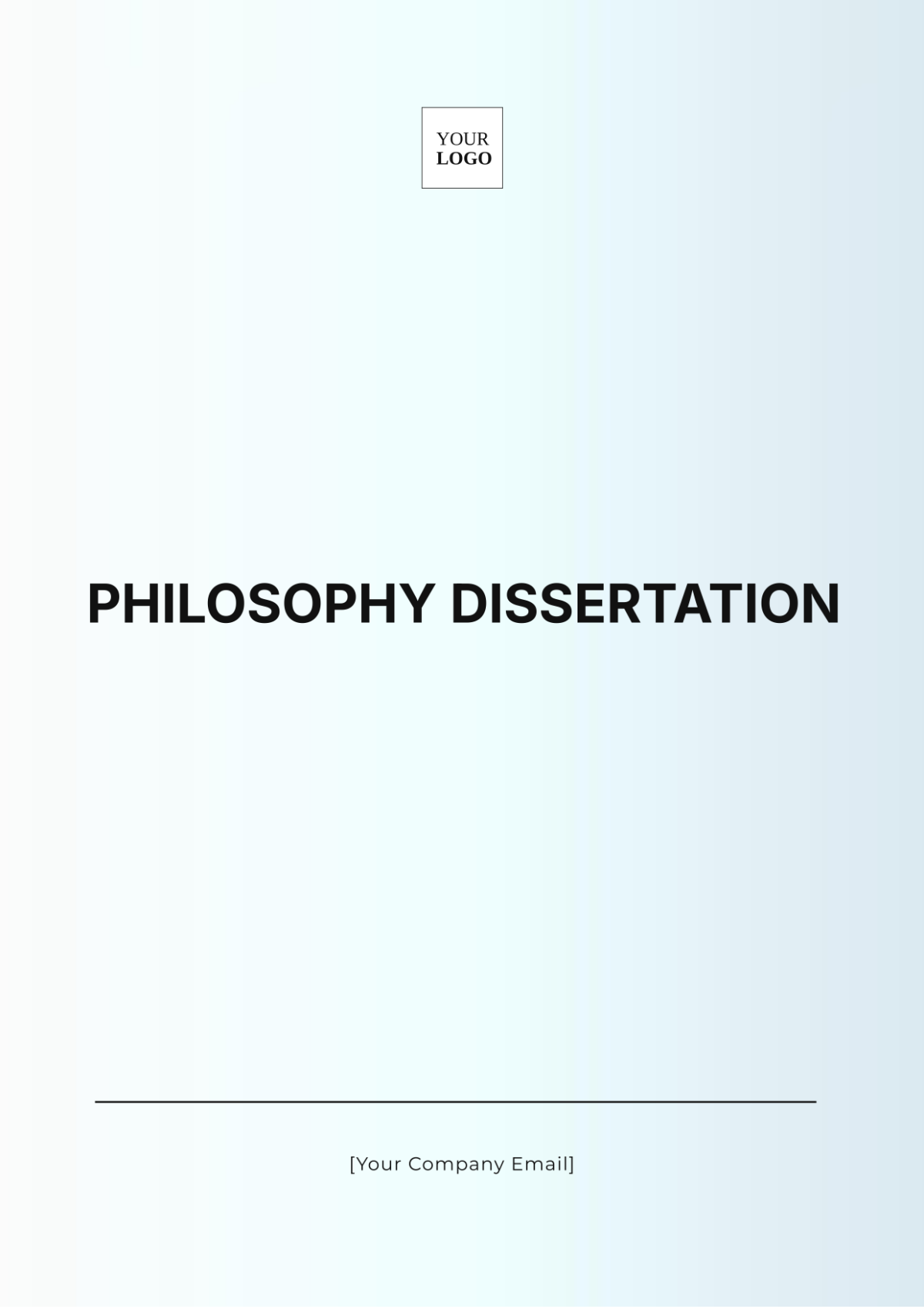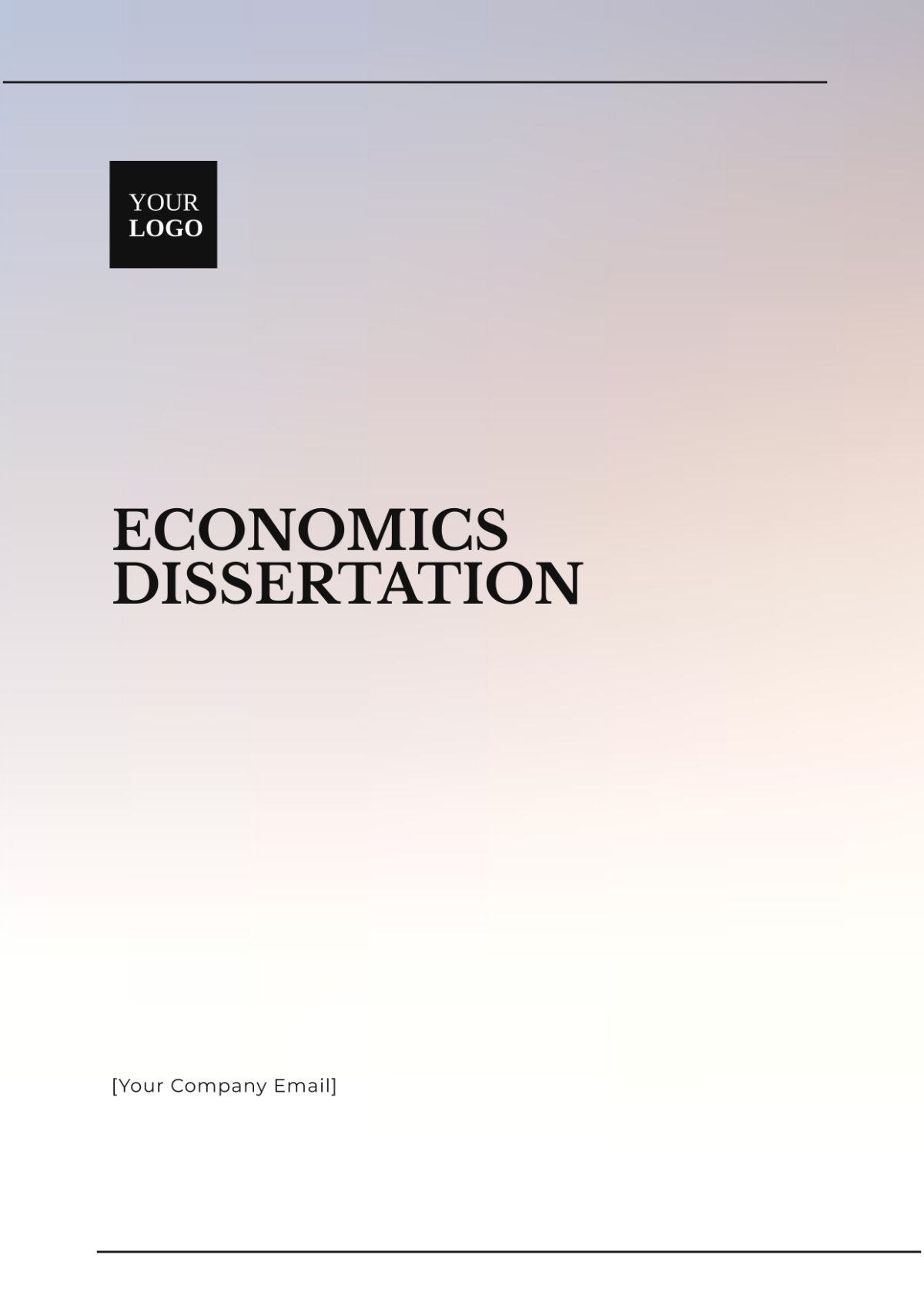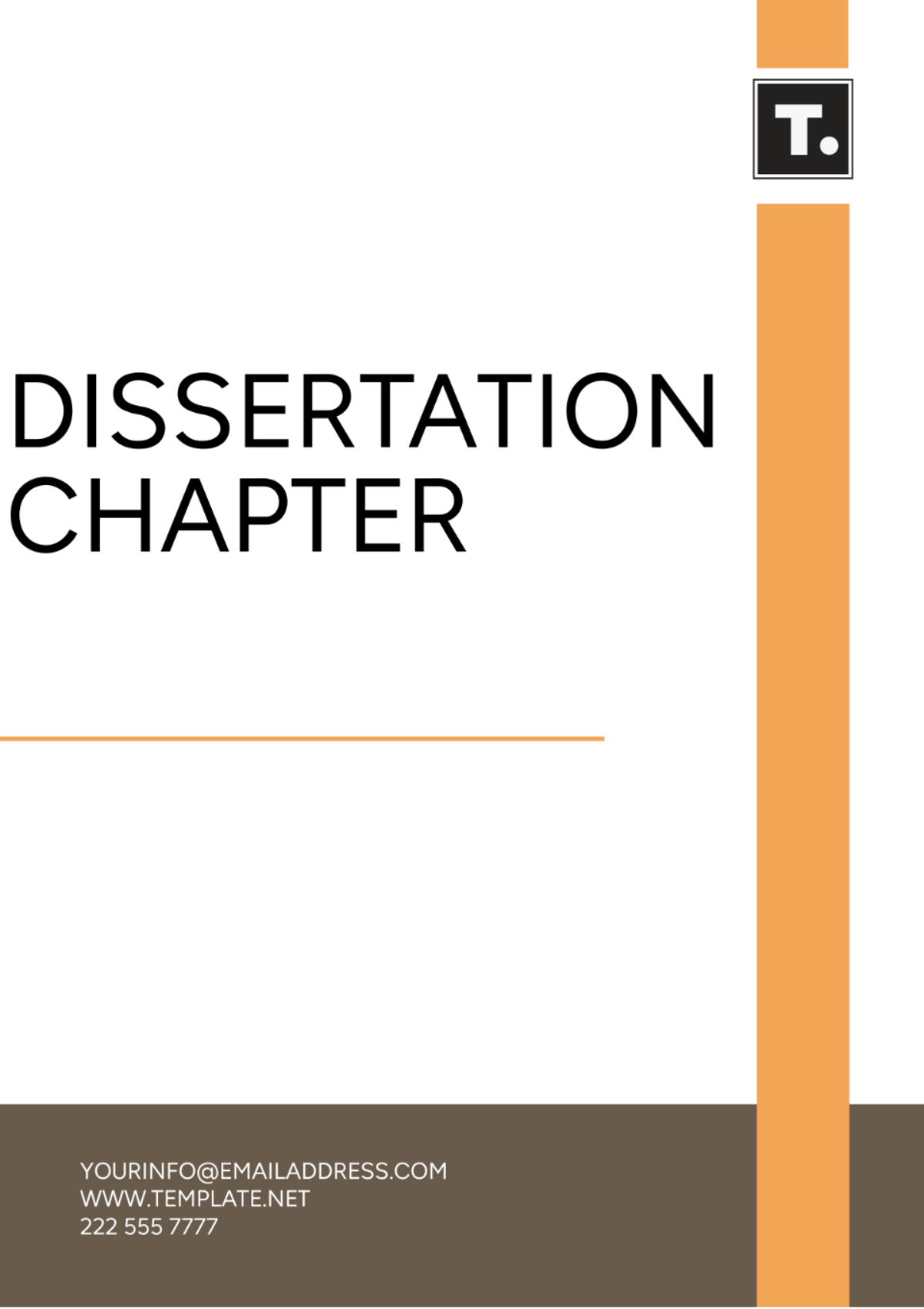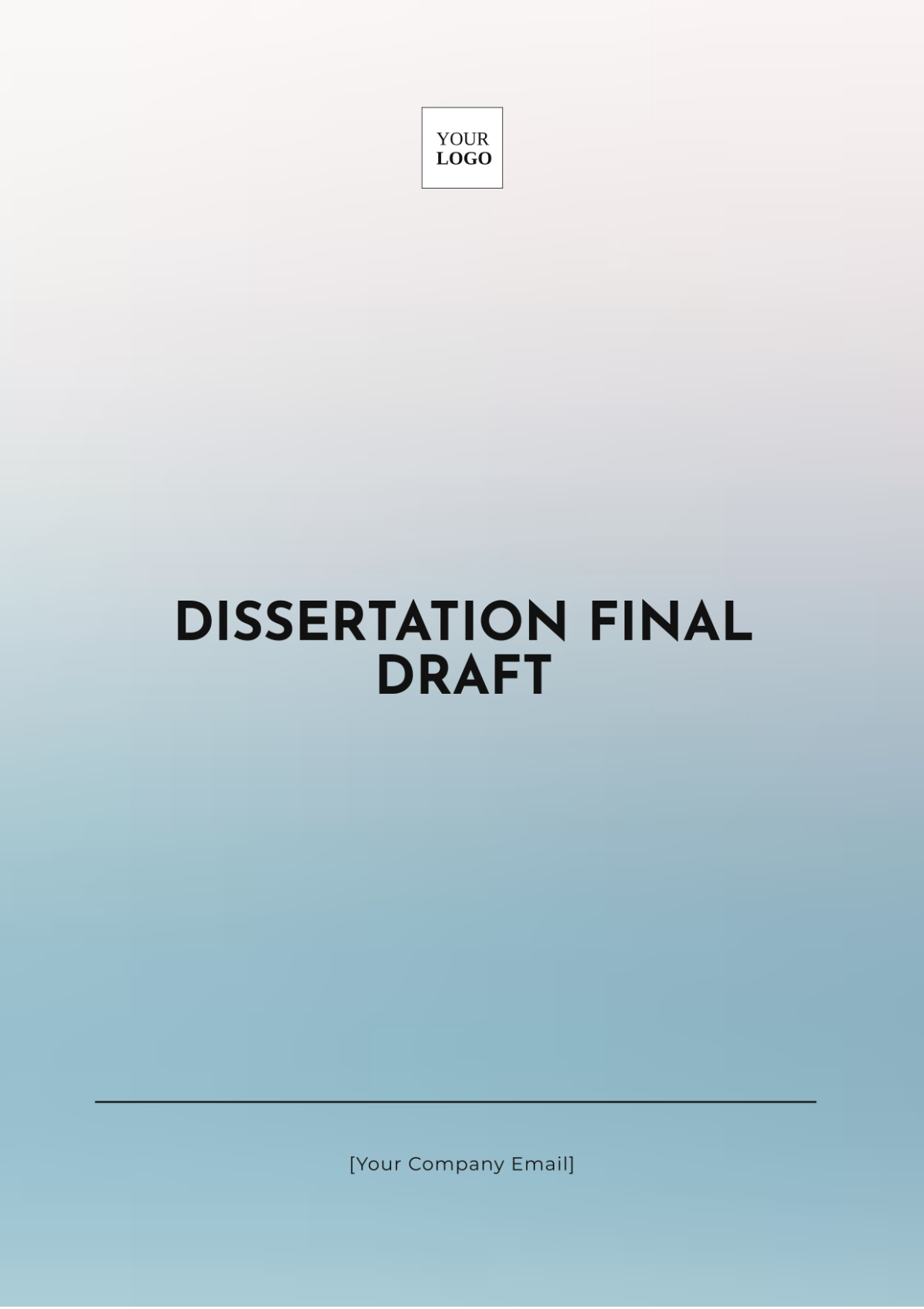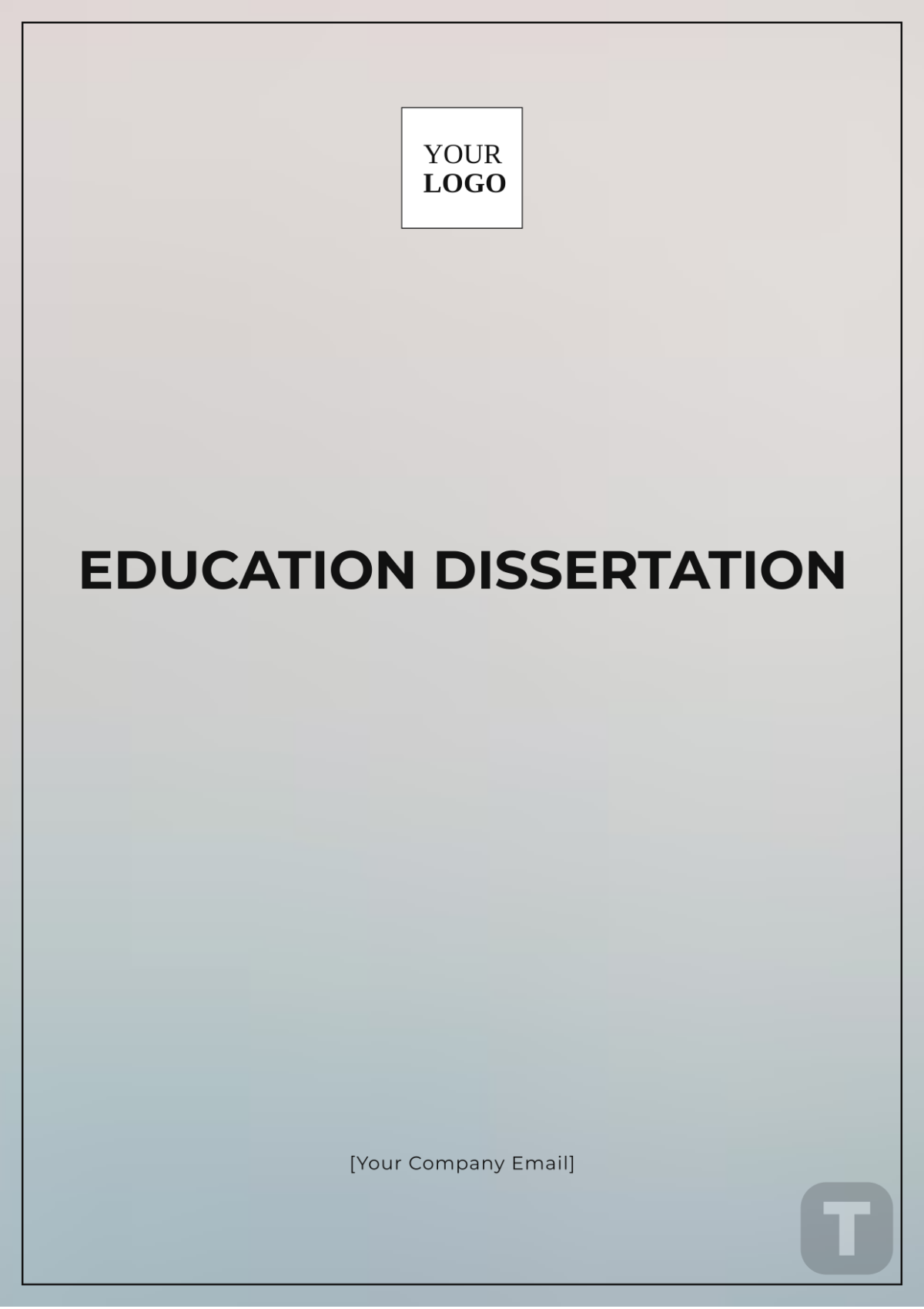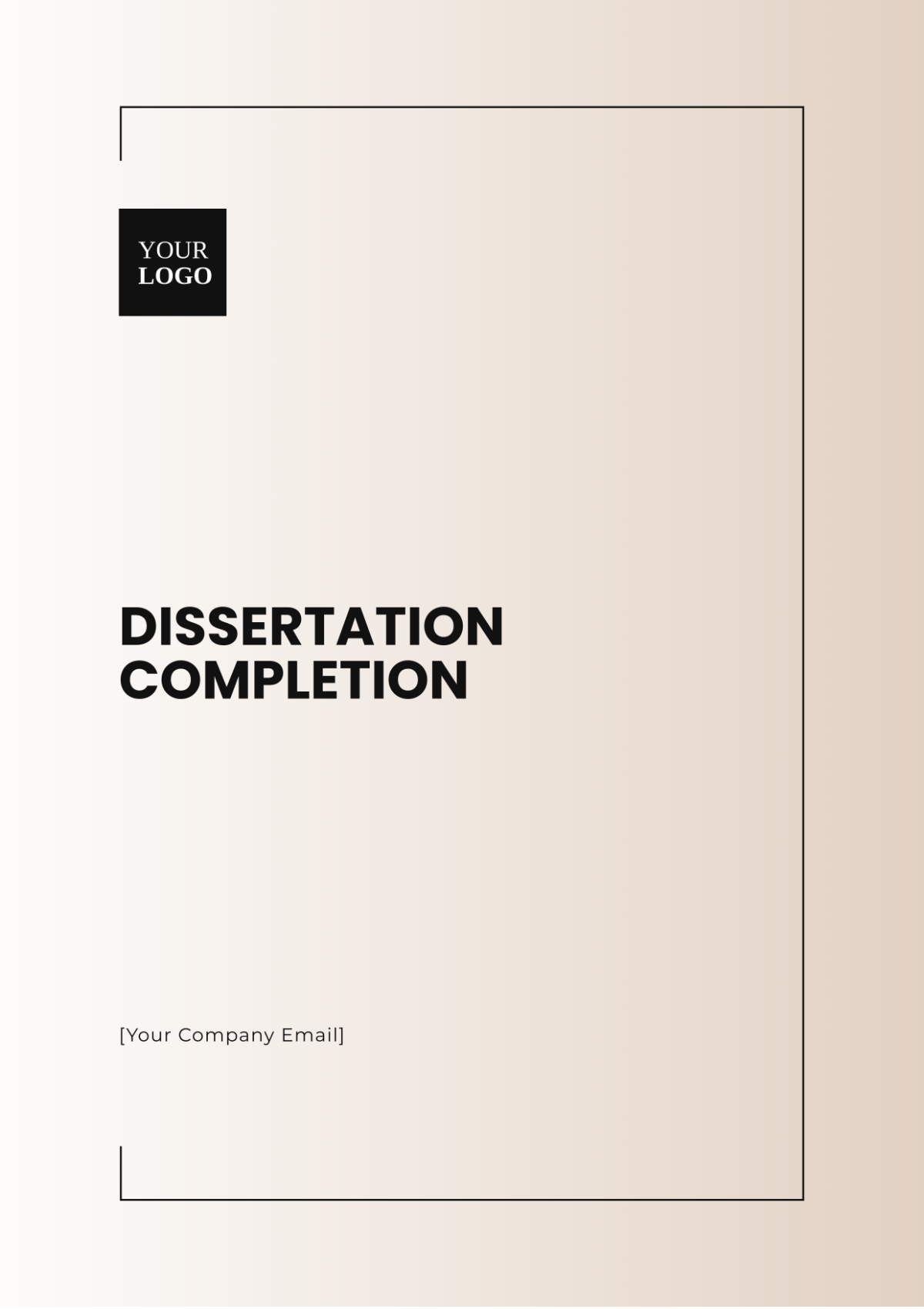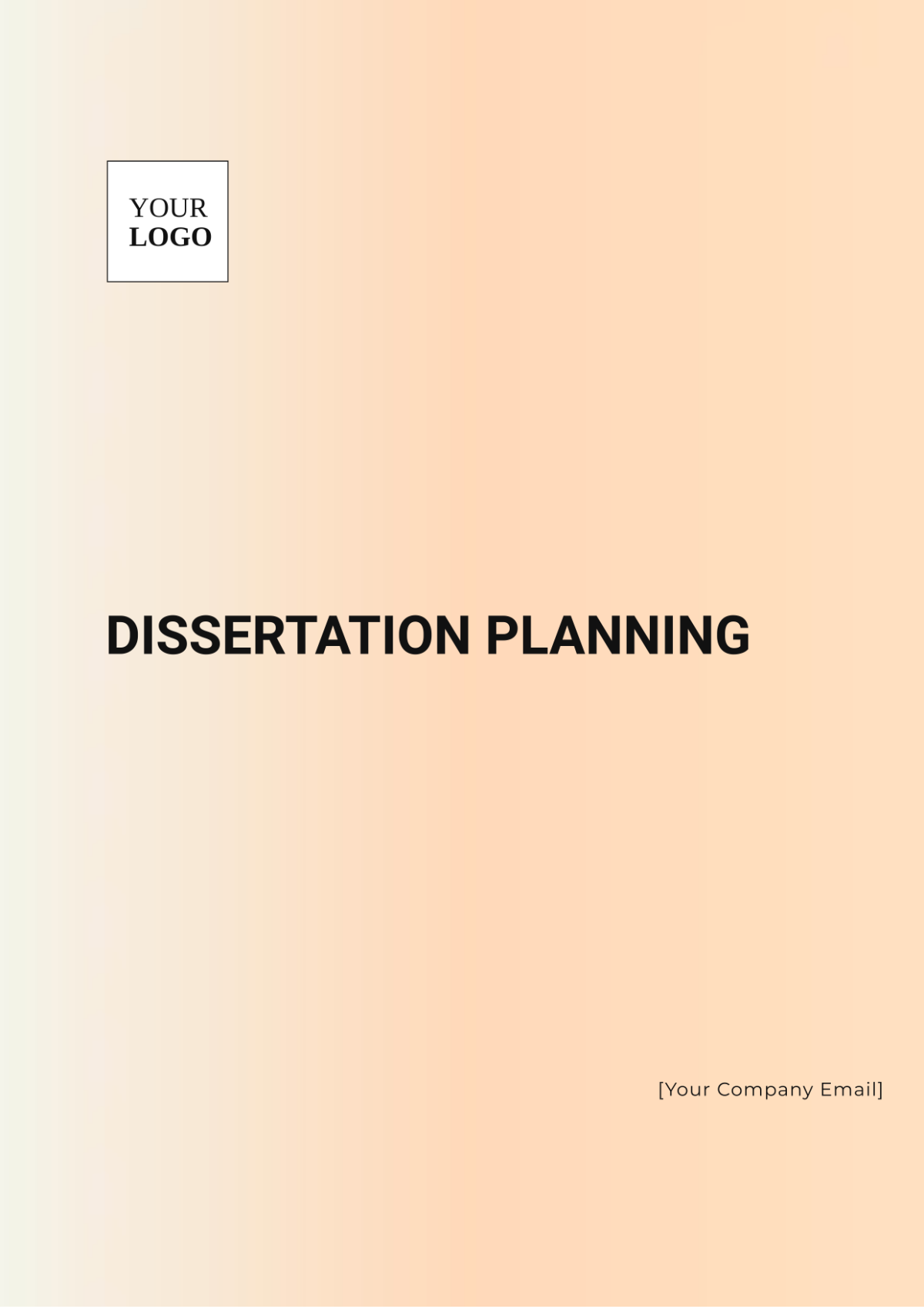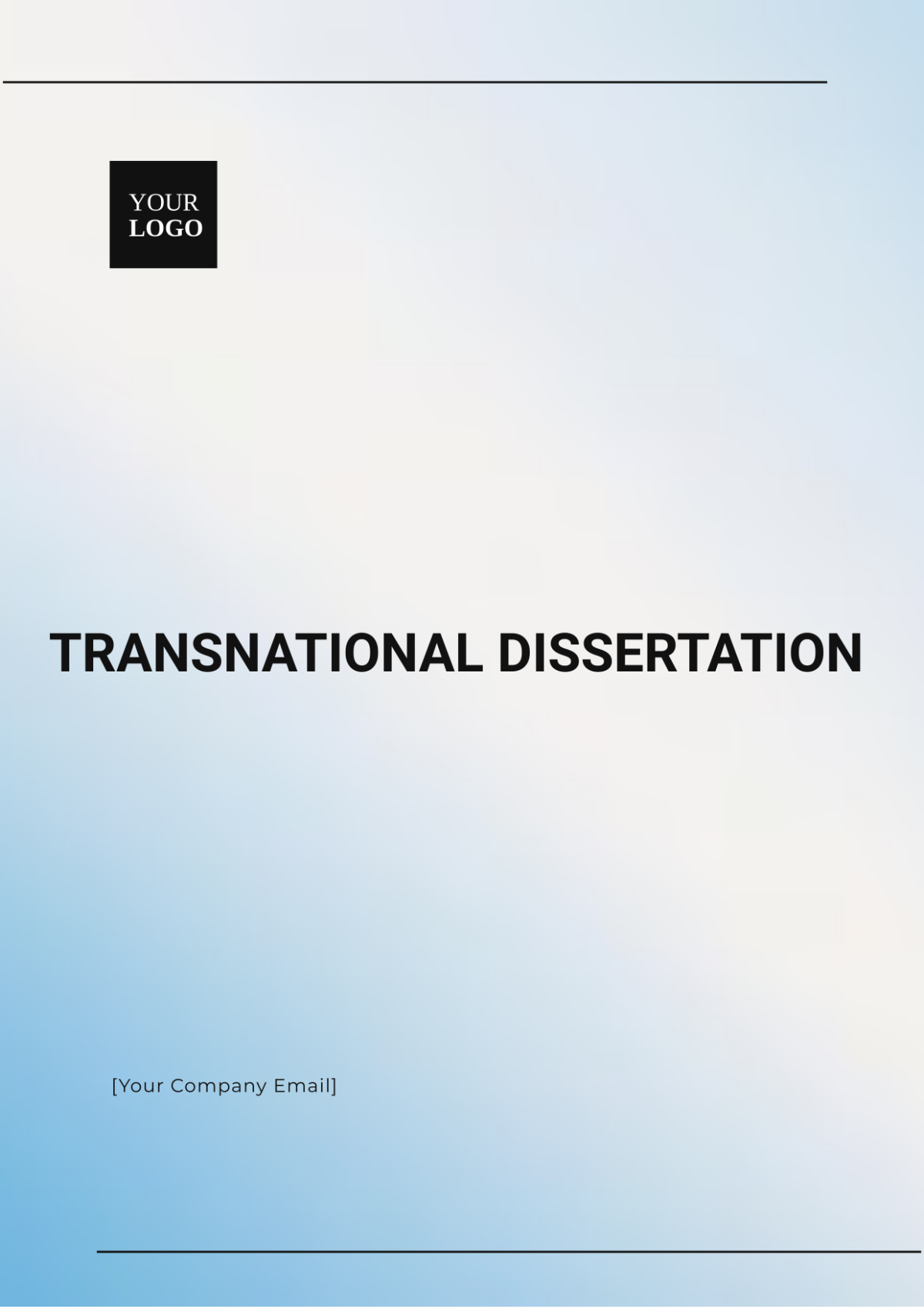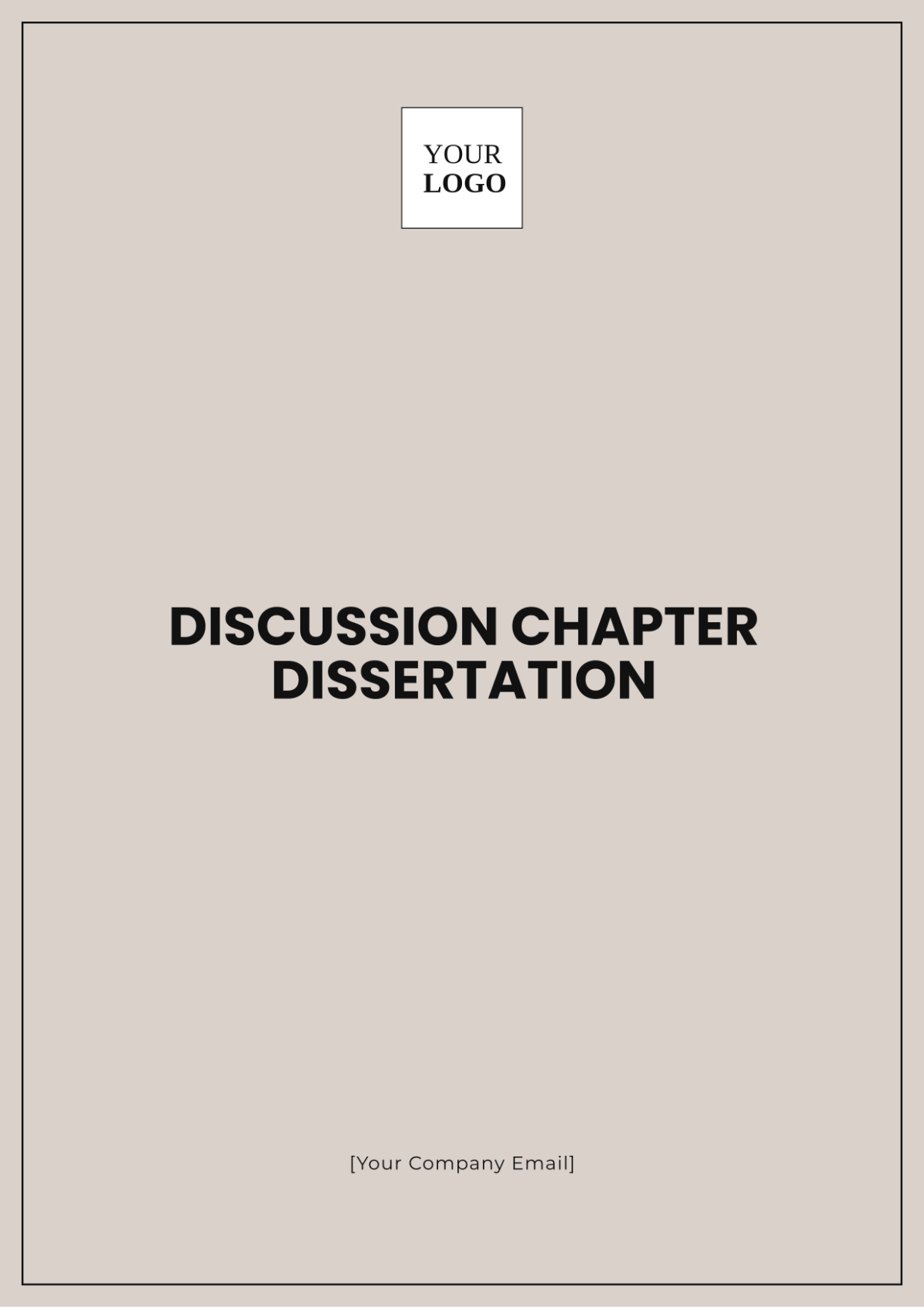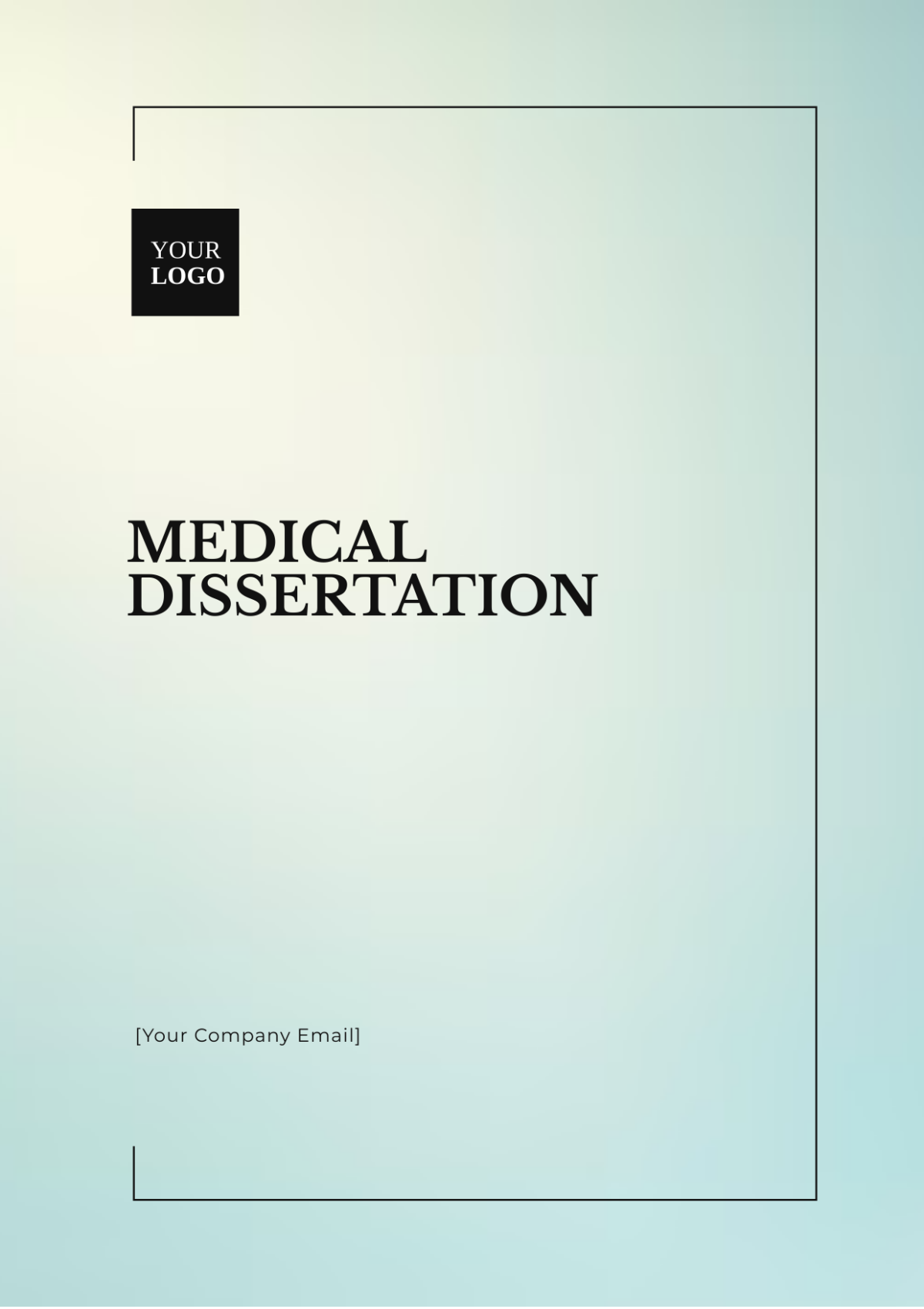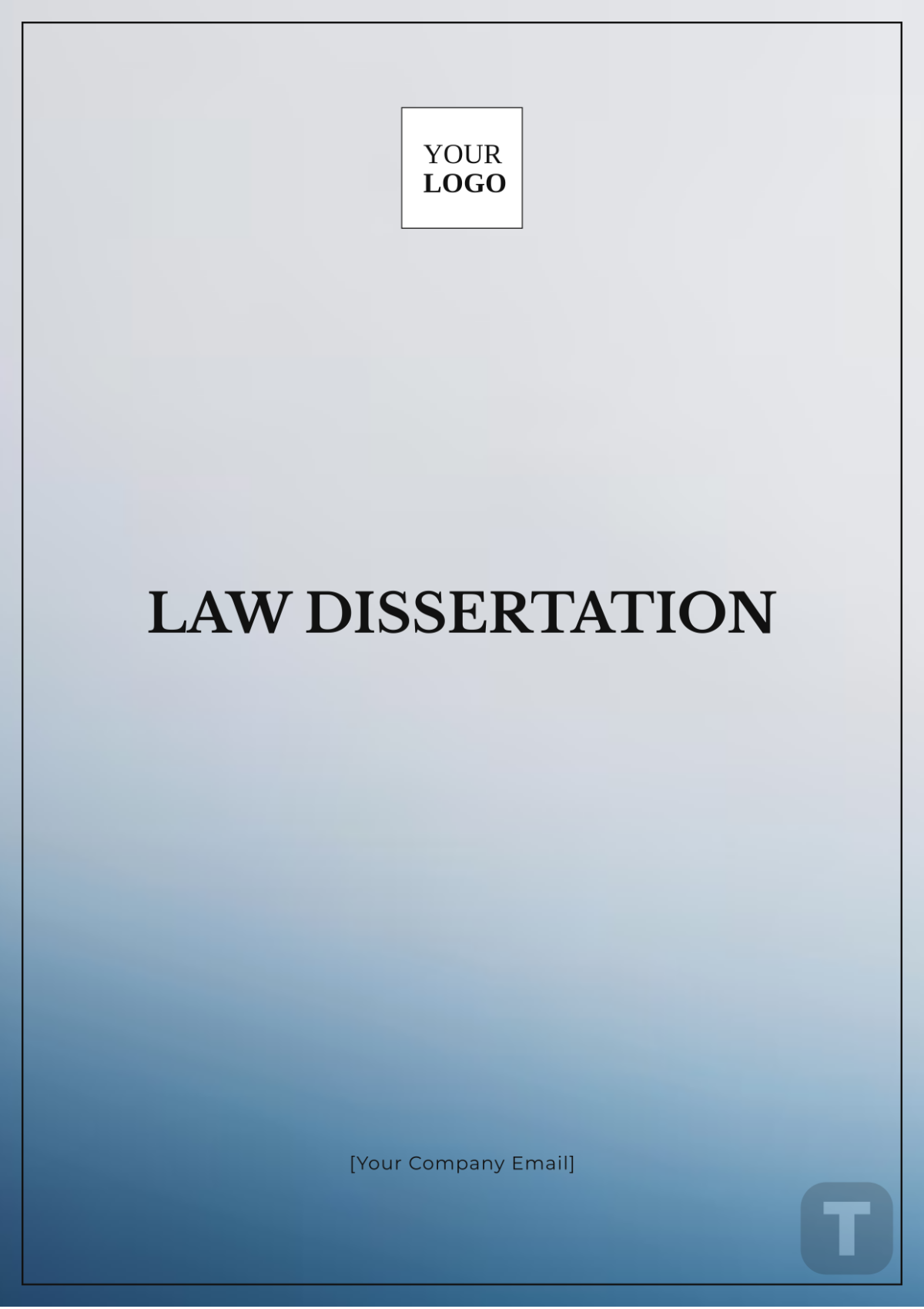Dissertation
Author: [Your Name]
Introduction
A dissertation represents an extensive research project that culminates in a written report, completing a significant phase of one's academic journey. It is typically required for students pursuing a doctoral degree, but also sometimes a part of undergraduate or master's curriculum. This comprehensive document not only showcases the depth of the student's research capabilities but also contributes original knowledge to a specific field of study.
Purpose of a Dissertation
The primary purpose of a dissertation is to demonstrate a student's ability to conduct independent research at an advanced level. It serves as evidence of the candidate's proficiency in their subject matter, showcasing their ability to apply theoretical concepts to practical scenarios. By undertaking this in-depth study, students contribute new perspectives and findings to existing knowledge, which might influence future studies and developments within the discipline.
Components of a Dissertation
Title Page
The title page of a dissertation is the first point of contact with the reader. It includes the title of the dissertation, the name of the author, the institution, department, the degree sought, and the date of submission. This page sets the stage for the subsequent content and provides essential information about the work.
Abstract
The abstract is a concise summary of the dissertation, encapsulating the research problem, methodology, results, and conclusions. Typically no more than 300 words, this section provides a quick overview, giving readers essential insights into the content of the dissertation without having to go through the entire document.
Introduction
The introduction sets the context for the dissertation, outlining the research problem, objectives, and scope of the study. It highlights the significance of the research, situating it within the broader field and often offering a preview of the structure and findings of the dissertation.
Literature Review
This section surveys existing research related to the dissertation topic. It evaluates and synthesizes relevant theories, models, and empirical findings, identifying gaps that the current study seeks to fill. The literature review establishes the foundation upon which the research is built.
Methodology
The methodology chapter details the research design, data collection methods, and analysis techniques employed in the study. It justifies the chosen methods and discusses any limitations encountered during the research process. This transparency ensures the credibility and reproducibility of the dissertation's findings.
Results
In the results section, the findings of the study are presented, often with the help of tables, graphs, and charts. This part of the dissertation is purely descriptive, providing an objective account of the data without interpreting their significance.
Discussion
The discussion interprets the results in the context of the research questions and the literature review. It analyzes the implications of the findings, considering theoretical and practical applications, and often suggests directions for future research.
Conclusion
The conclusion summarizes the key findings of the research, emphasizing their importance and contribution to the field. It reinforces the study’s significance and often reiterates the need for further exploration in the topic area.
References
The references section lists all the sources cited in the dissertation, adhering to a specific citation style. This ensures academic integrity and allows others to locate the original sources if needed.
Appendices
Appendices include supplementary material that supports the dissertation, such as raw data, detailed methodologies, questionnaires, or additional figures and tables. These elements provide additional context and substantiation for the research.
Challenges and Considerations in Dissertation Writing
Writing a dissertation is a daunting task that involves numerous challenges. Students must manage their time efficiently, develop strong organizational skills, and maintain a high level of motivation. Moreover, they must ensure the originality of their work, adhering to ethical standards to avoid plagiarism. Balancing these demands requires careful planning and perseverance.
Conclusion
A dissertation is a pivotal component of advanced academic study, marking a significant achievement in a student's educational journey. It serves as a testament to their analytical, research, and academic writing skills, offering valuable contributions to the scholarly community. By understanding the structure and purpose of a dissertation, students can better prepare to undertake this formidable but rewarding endeavor.
